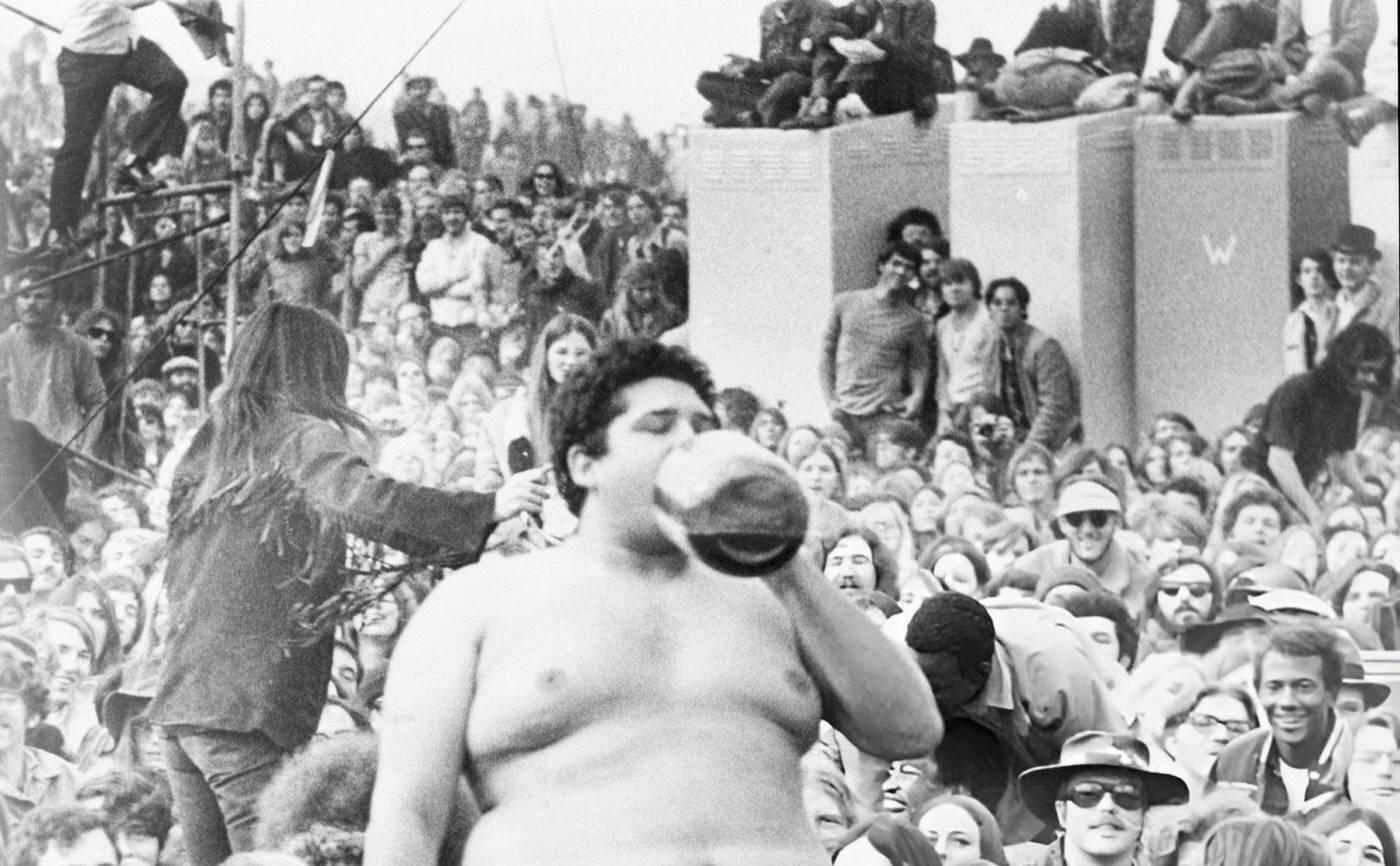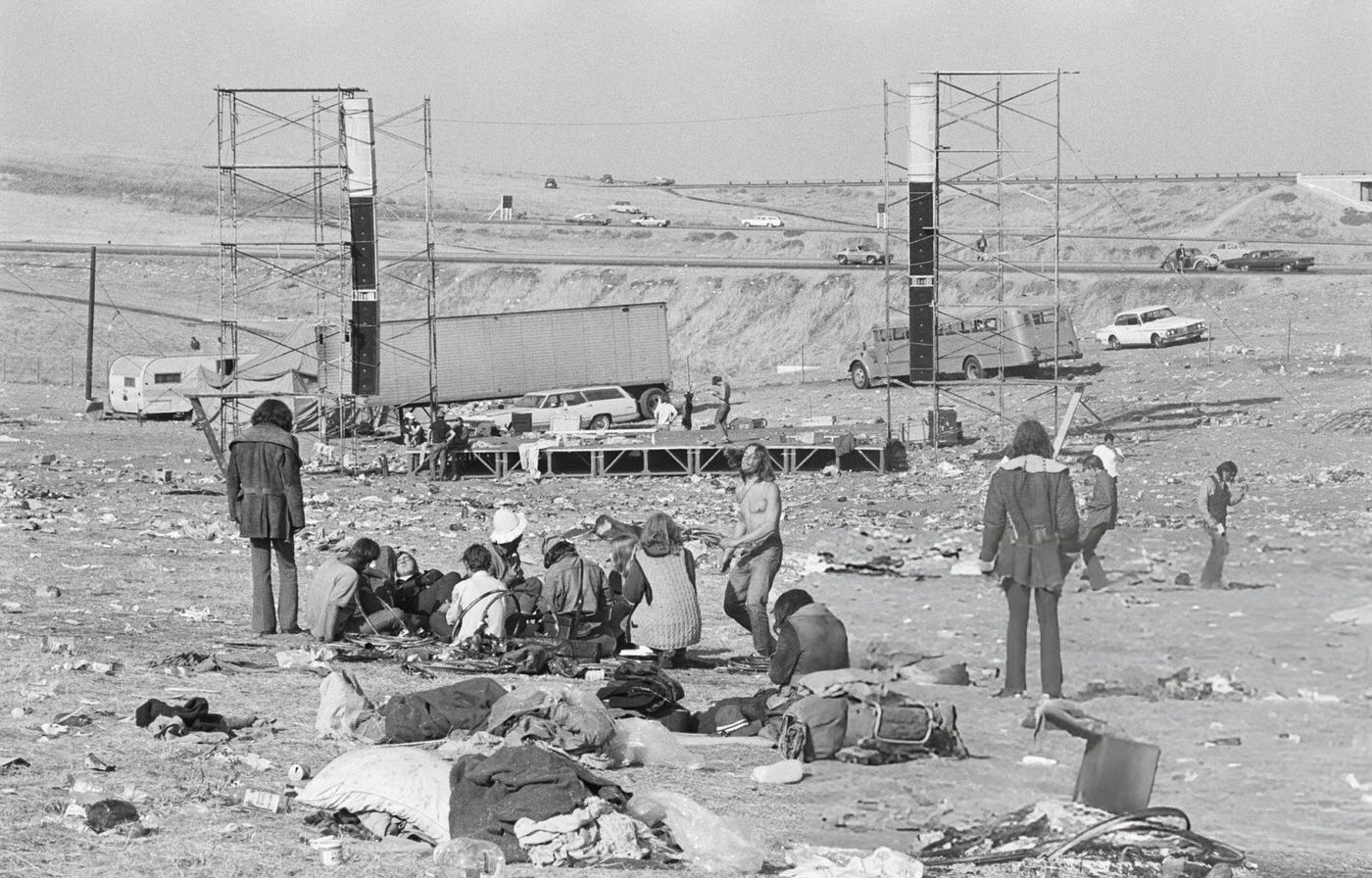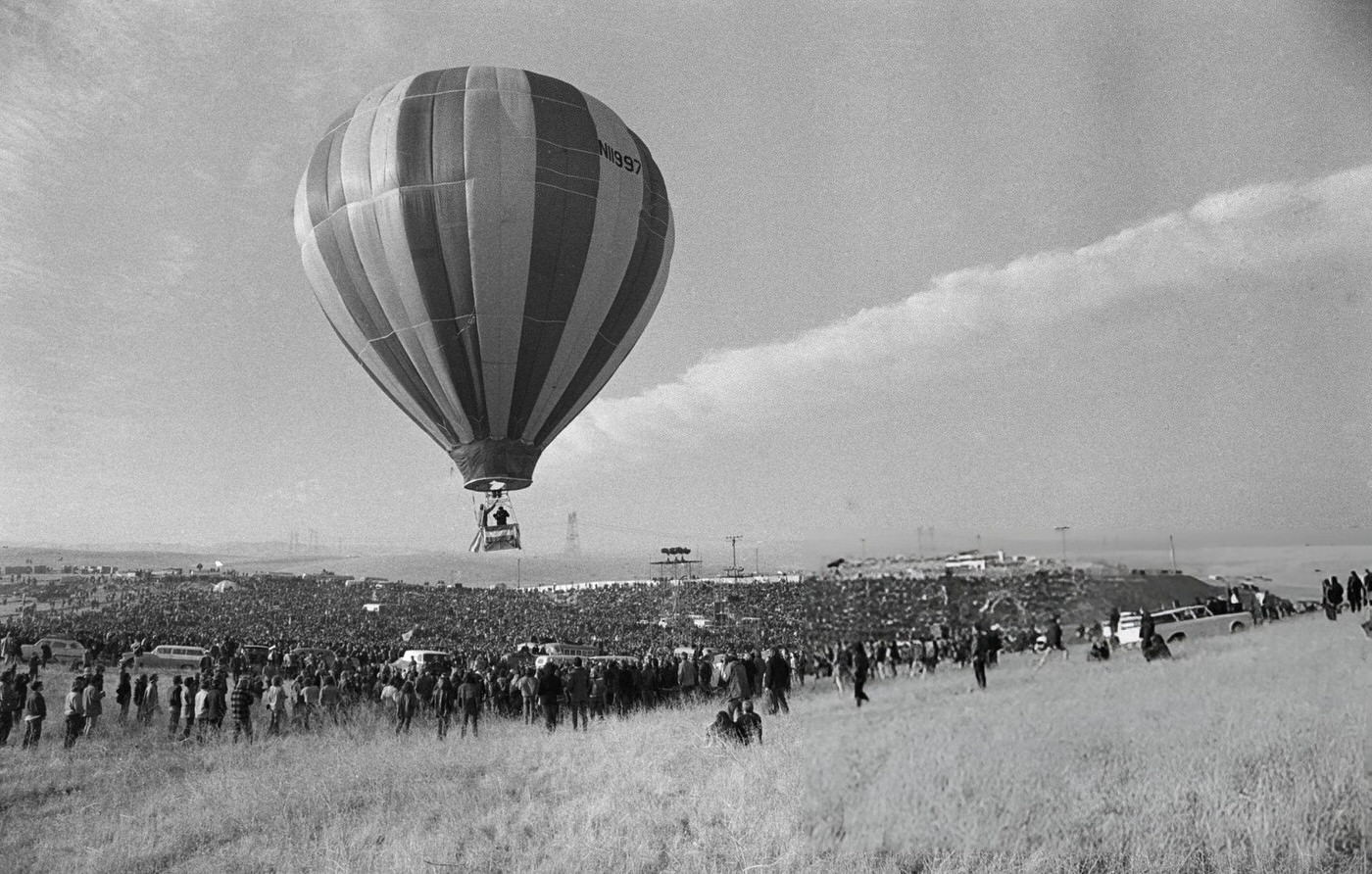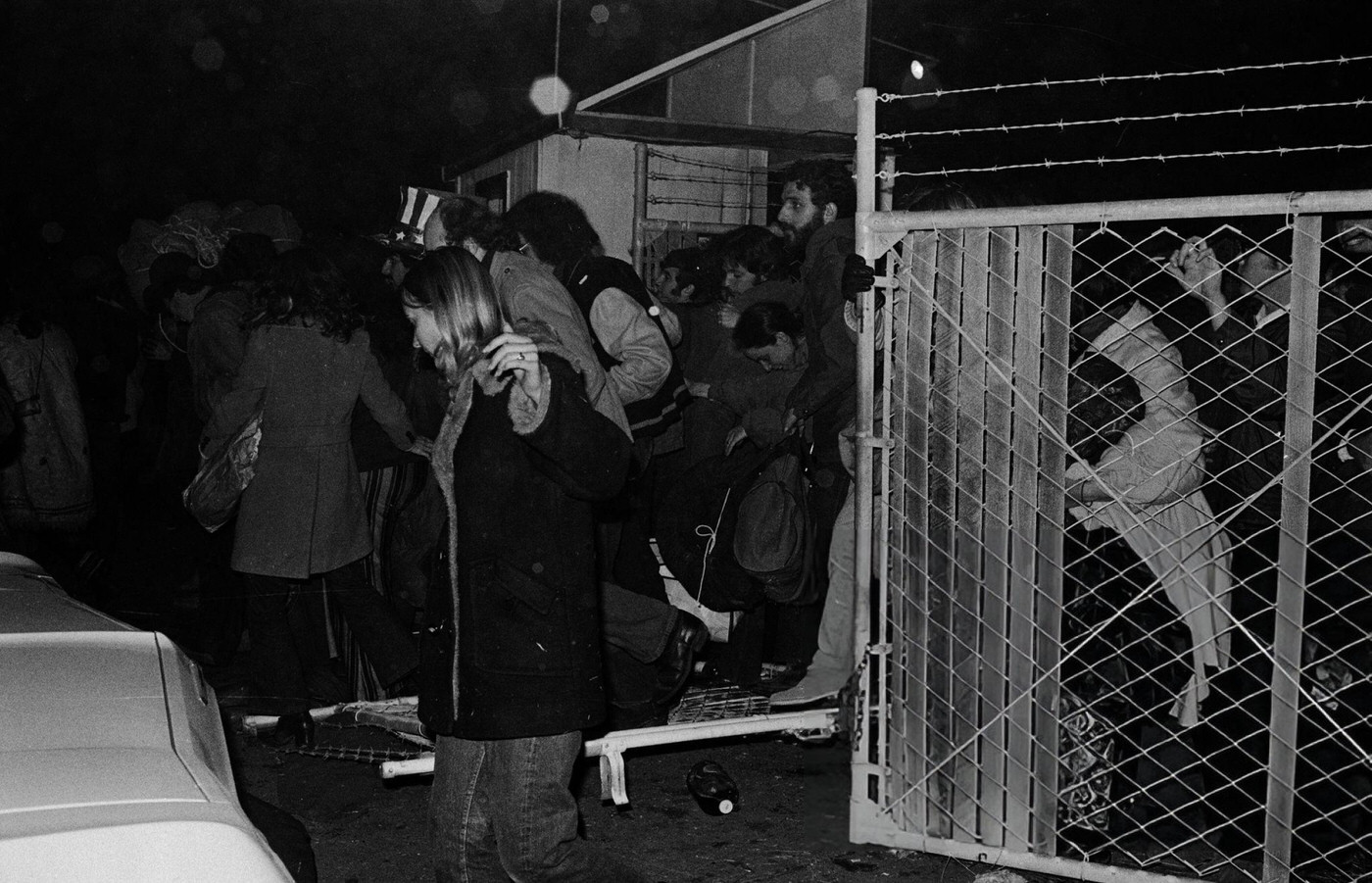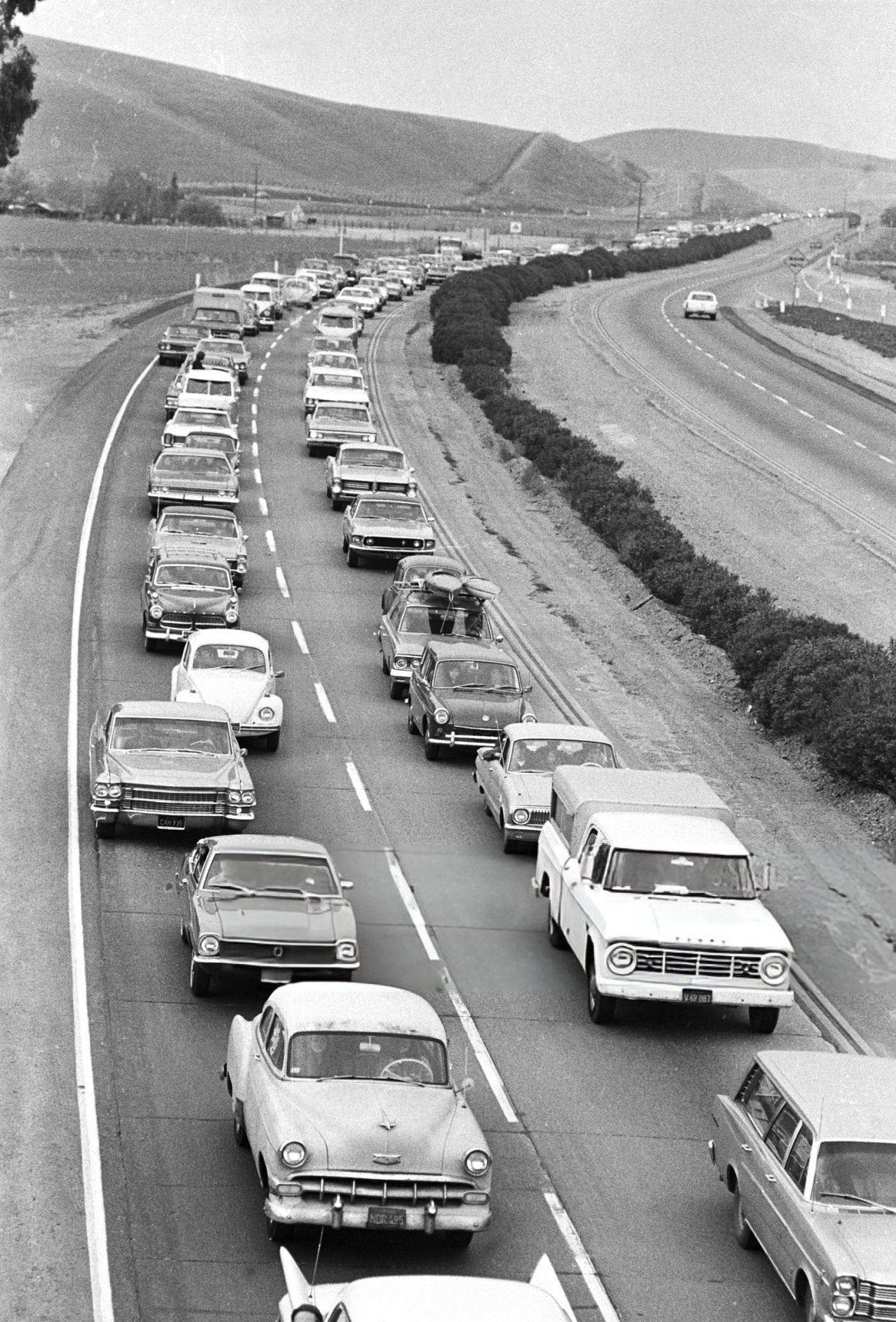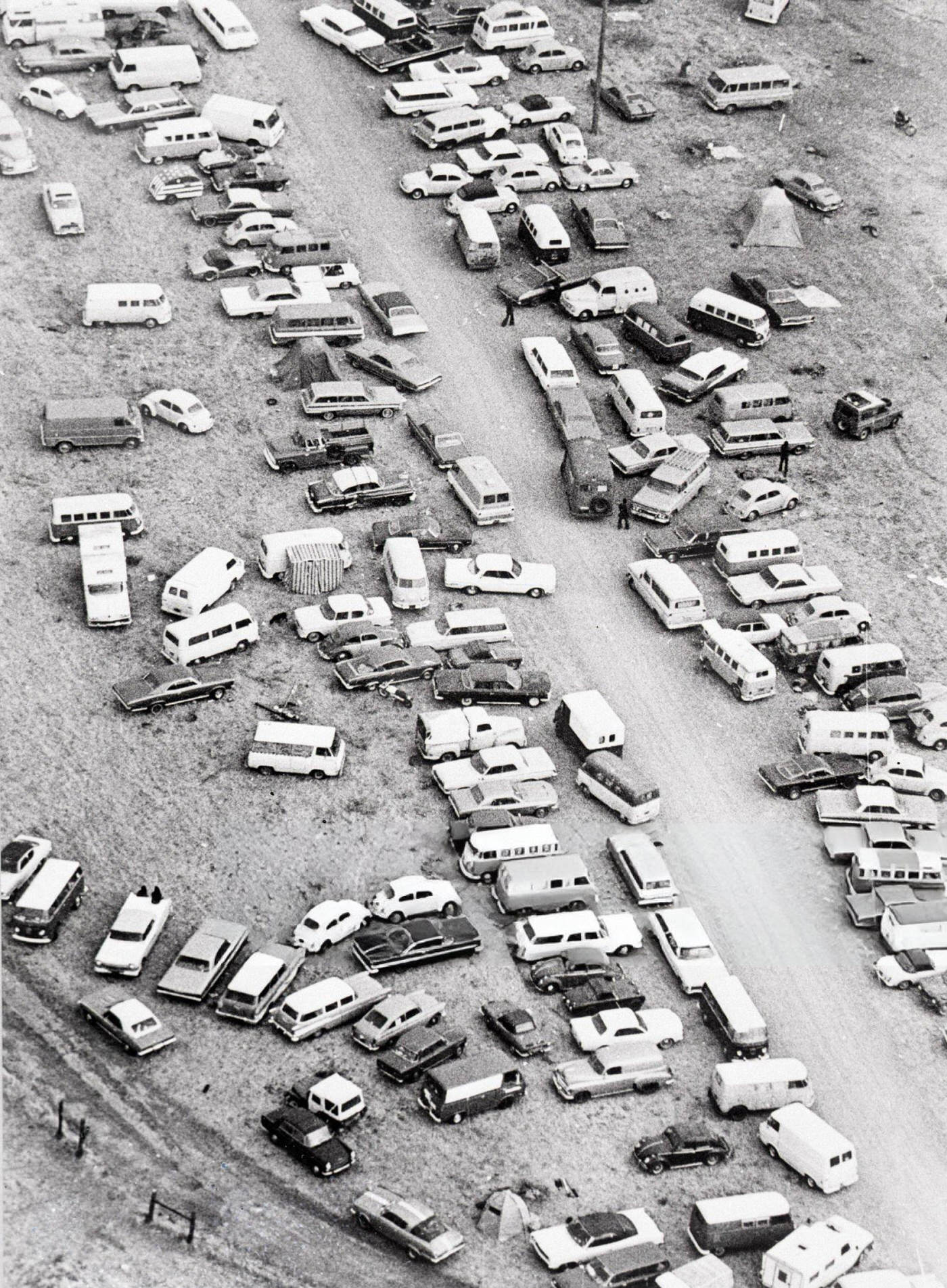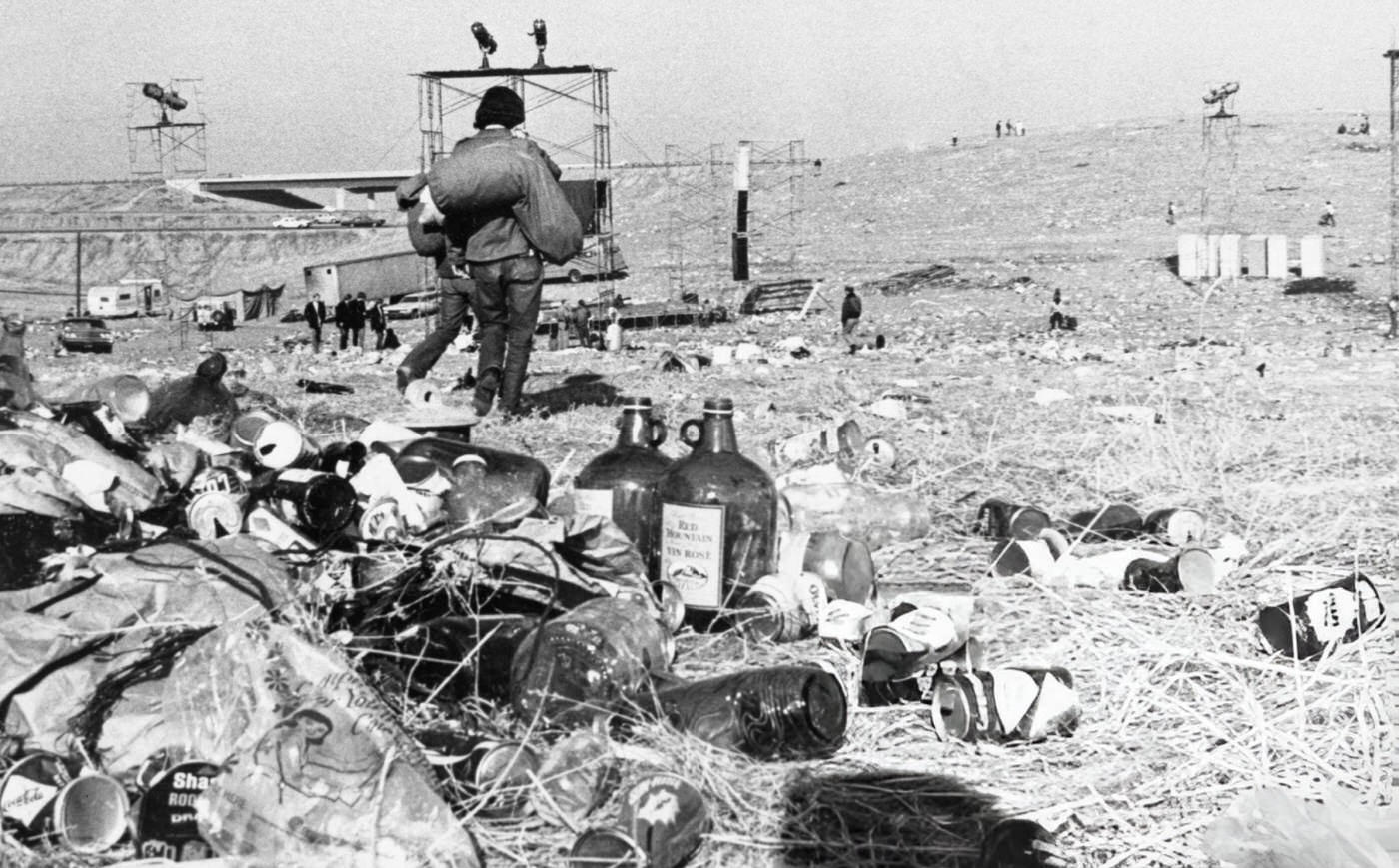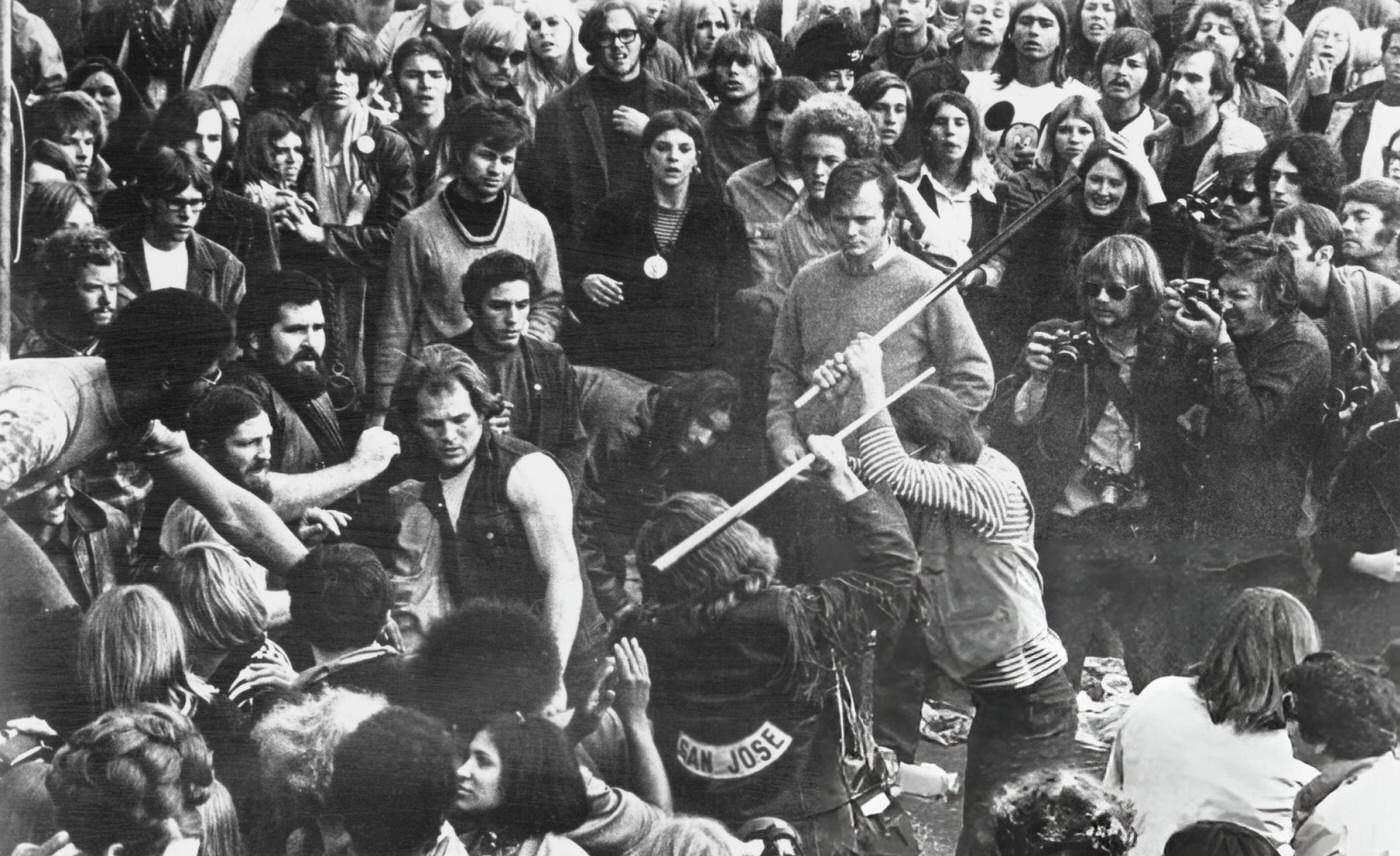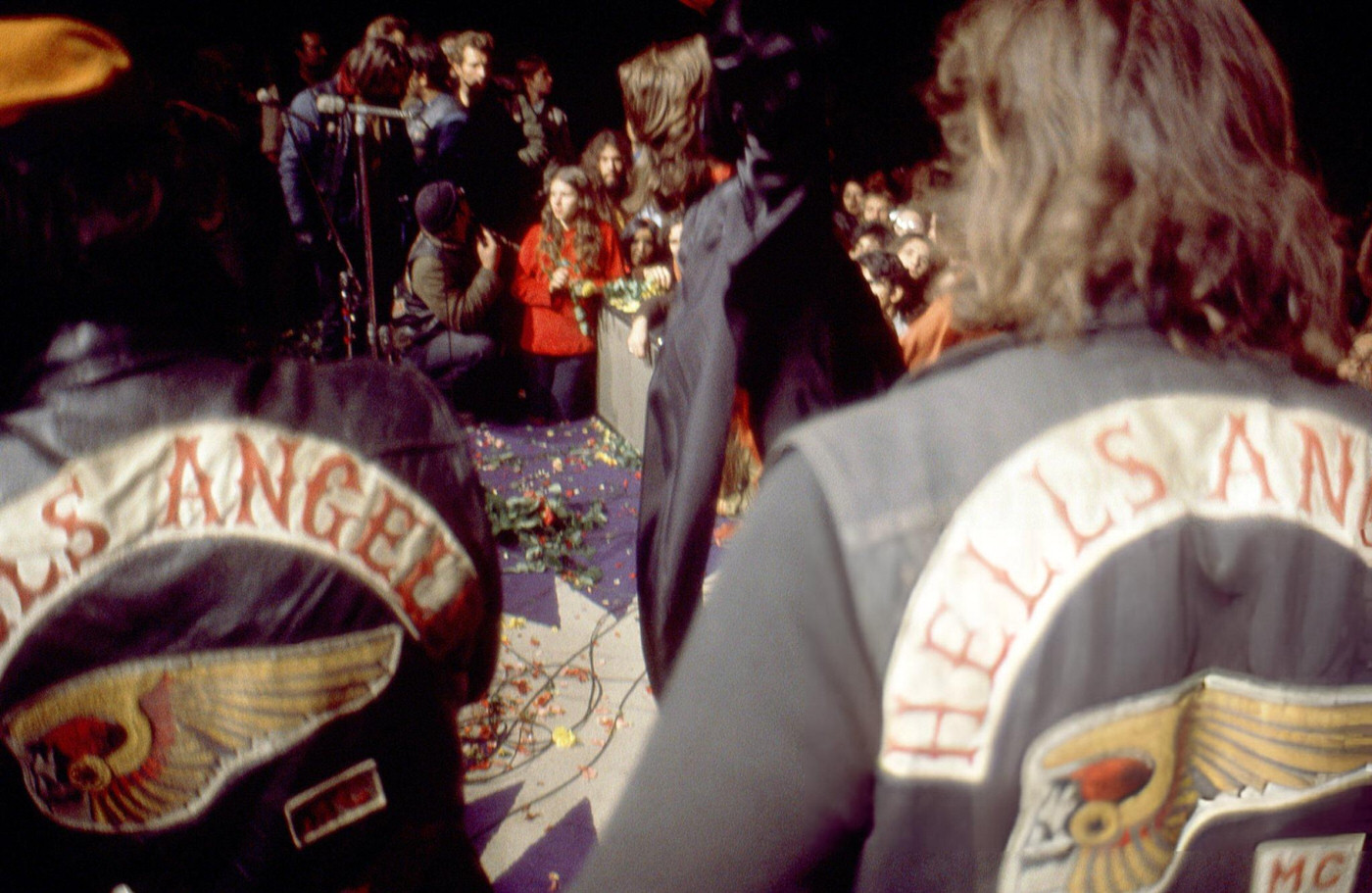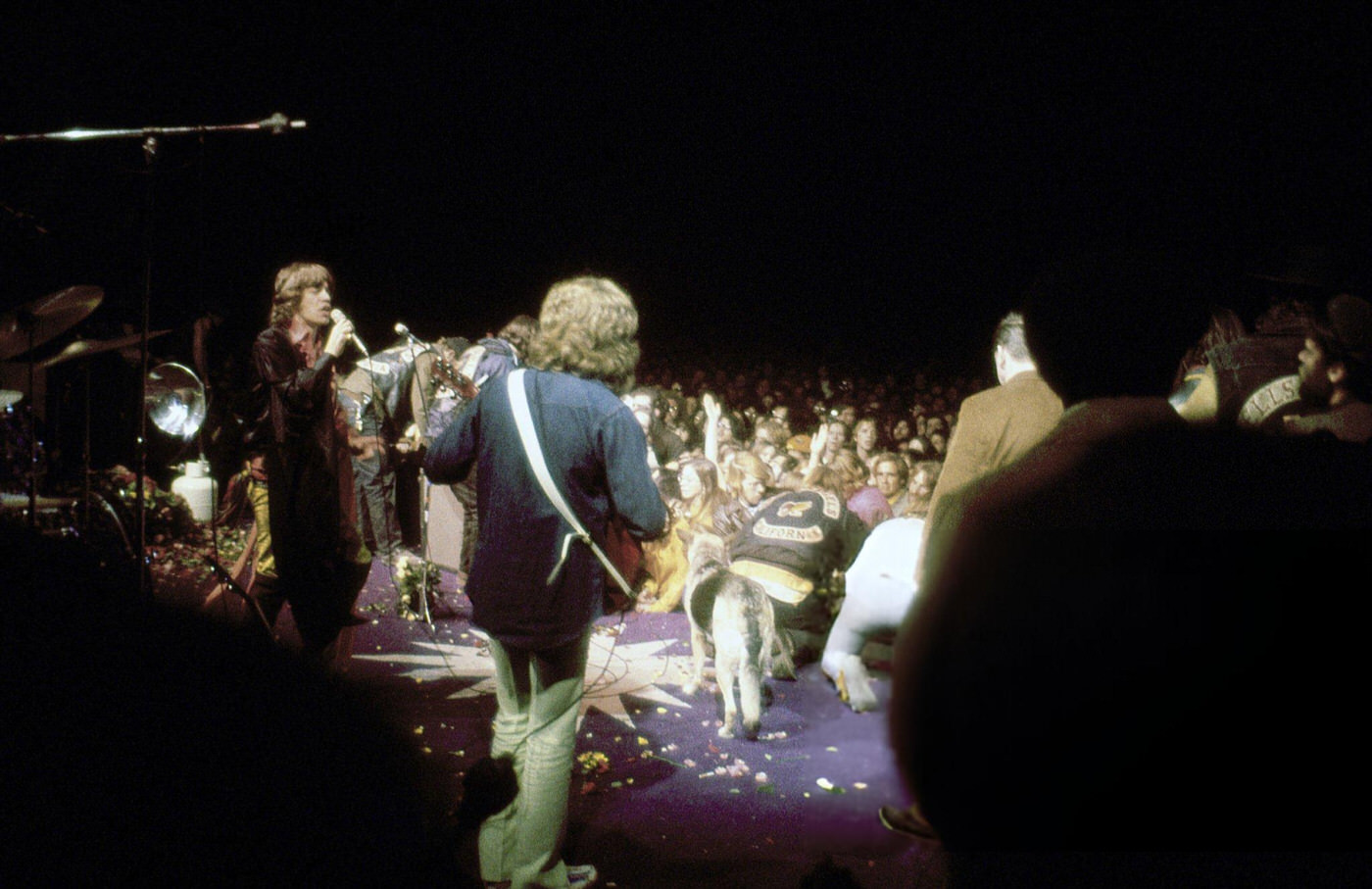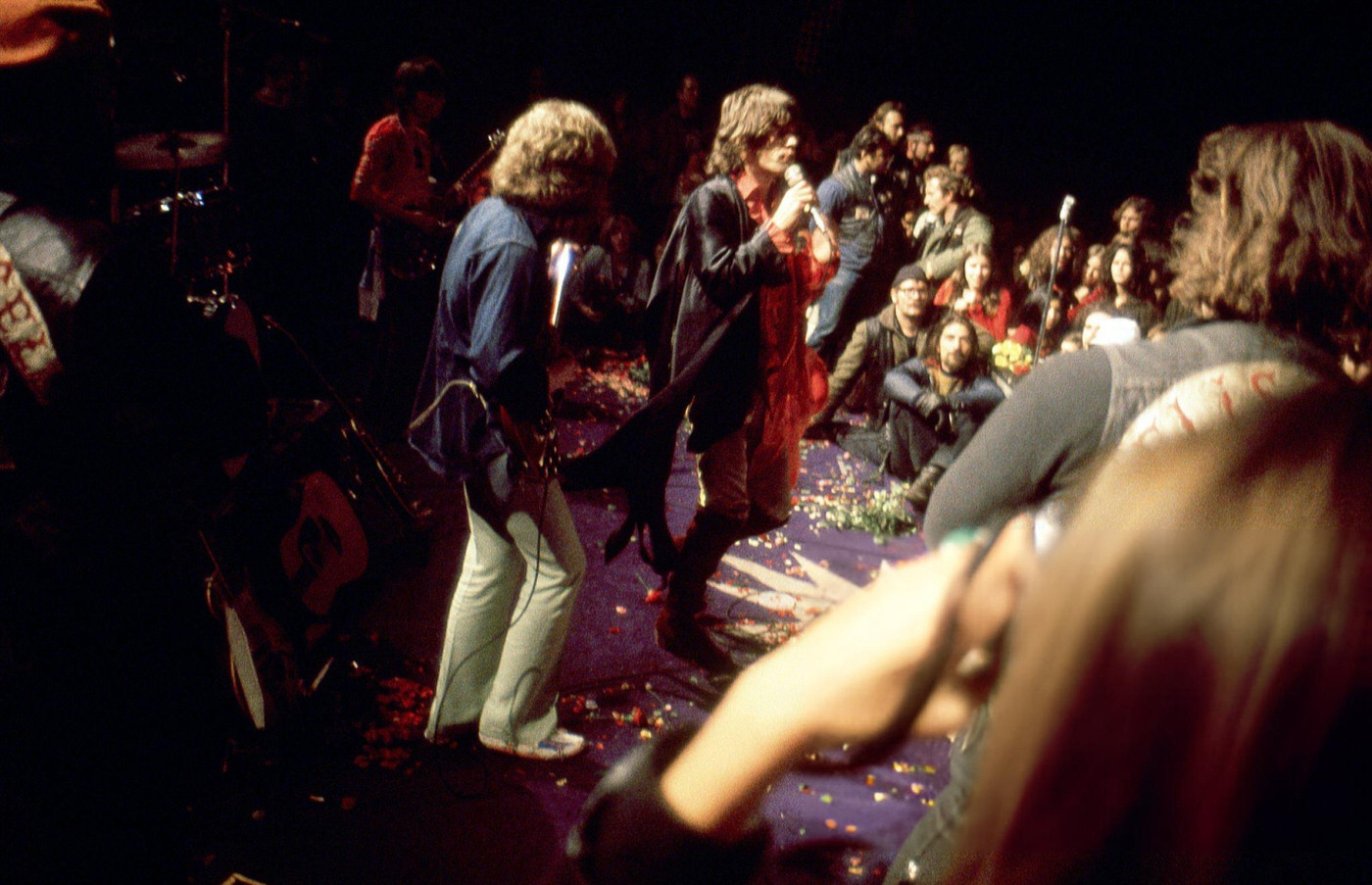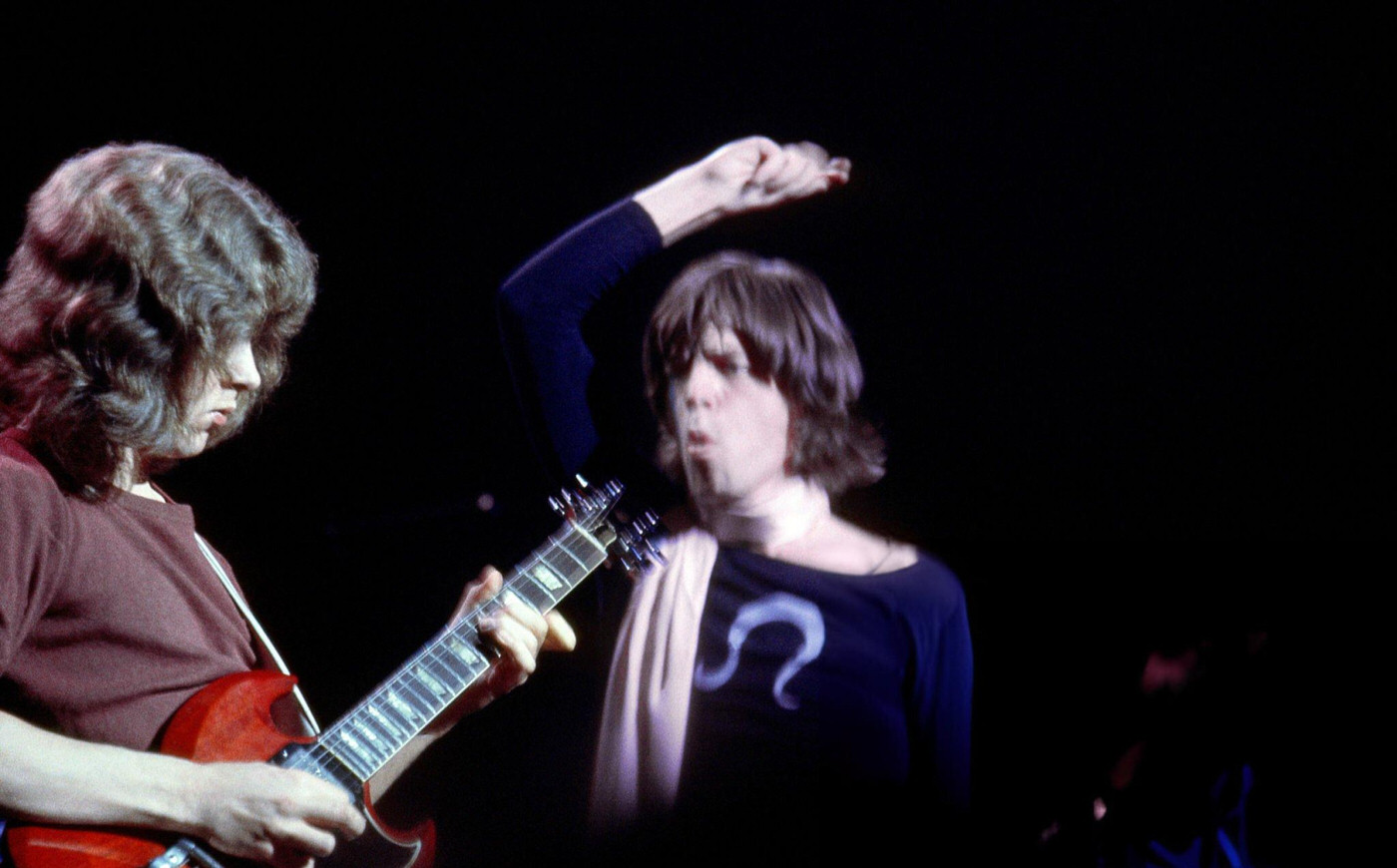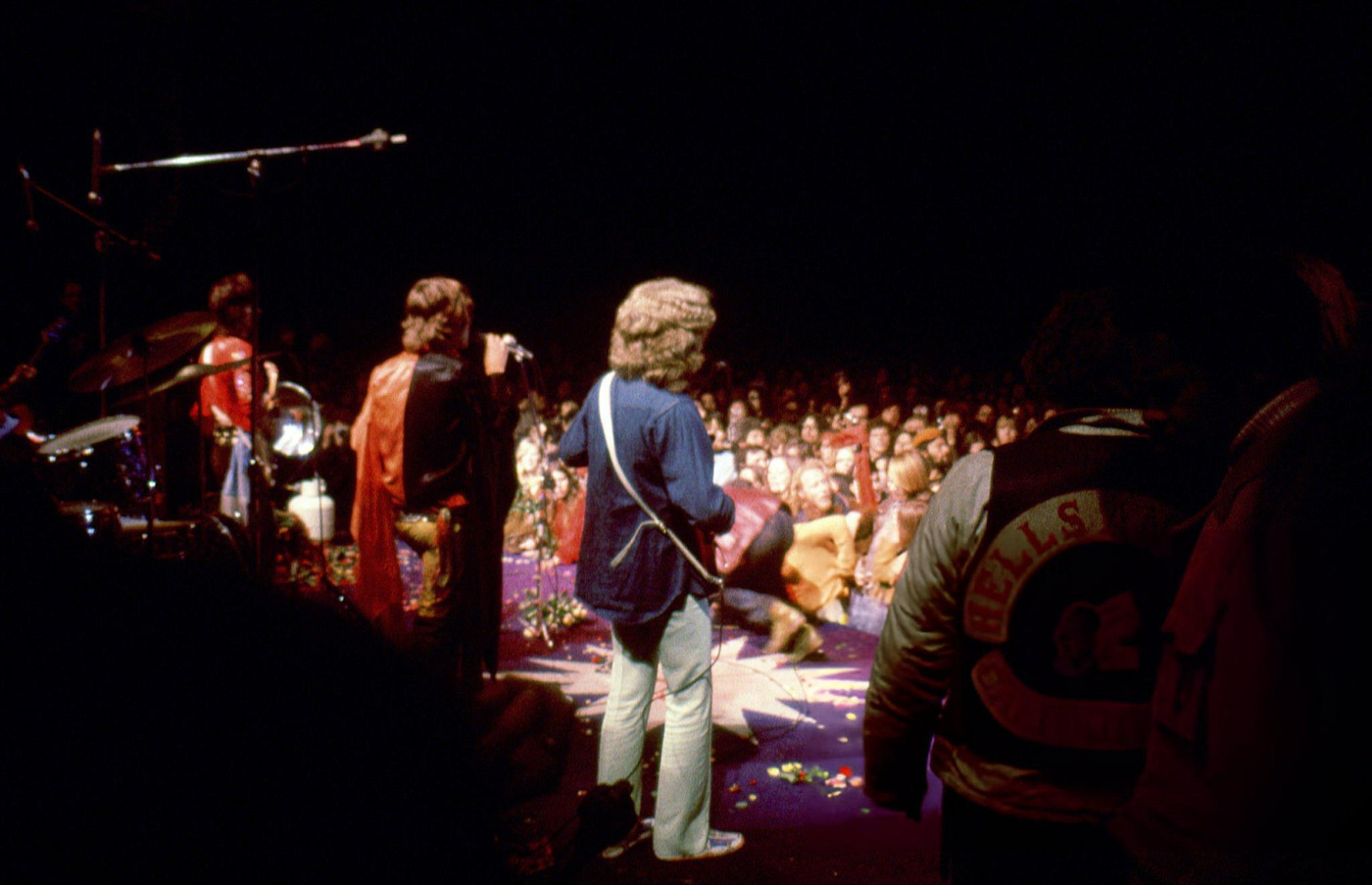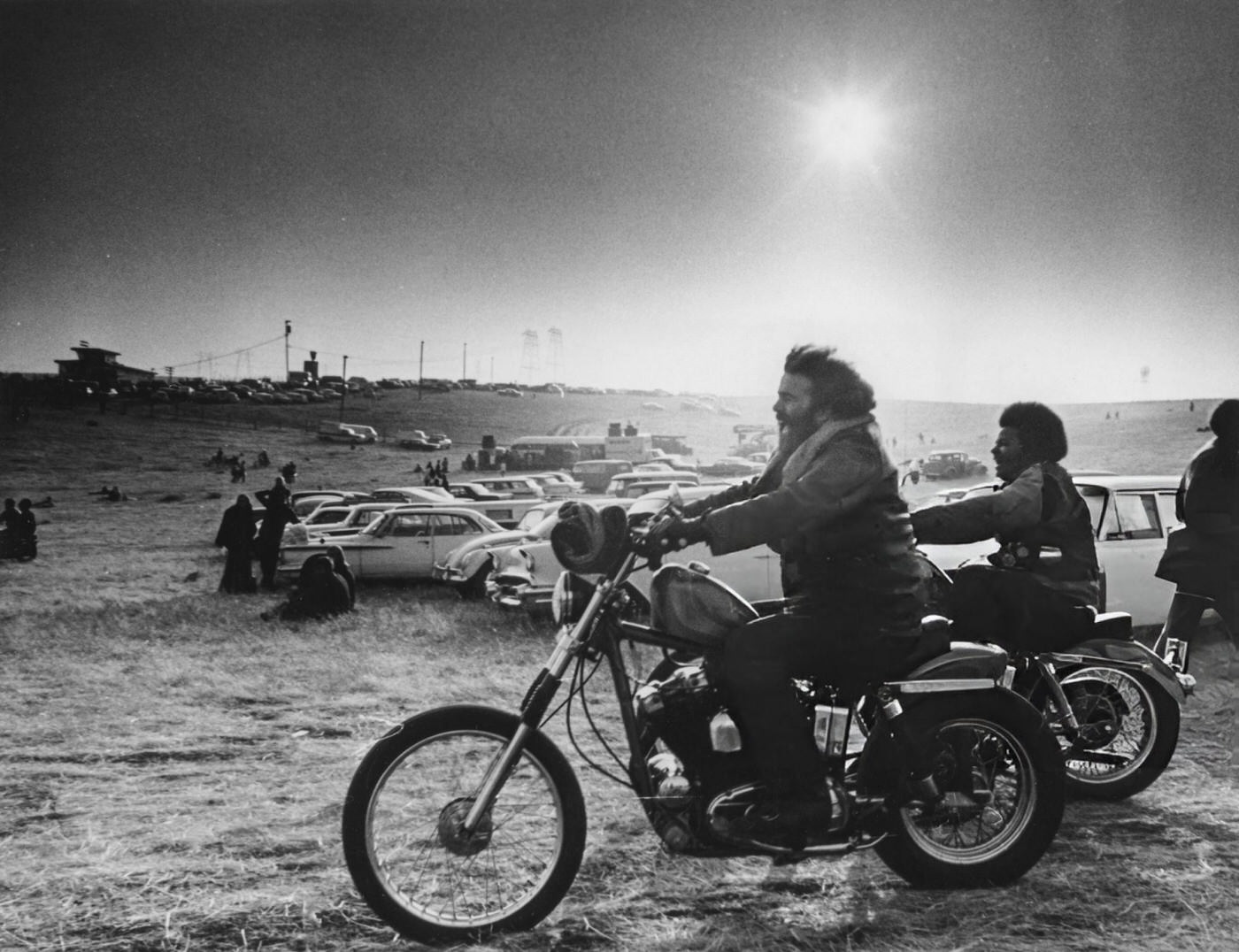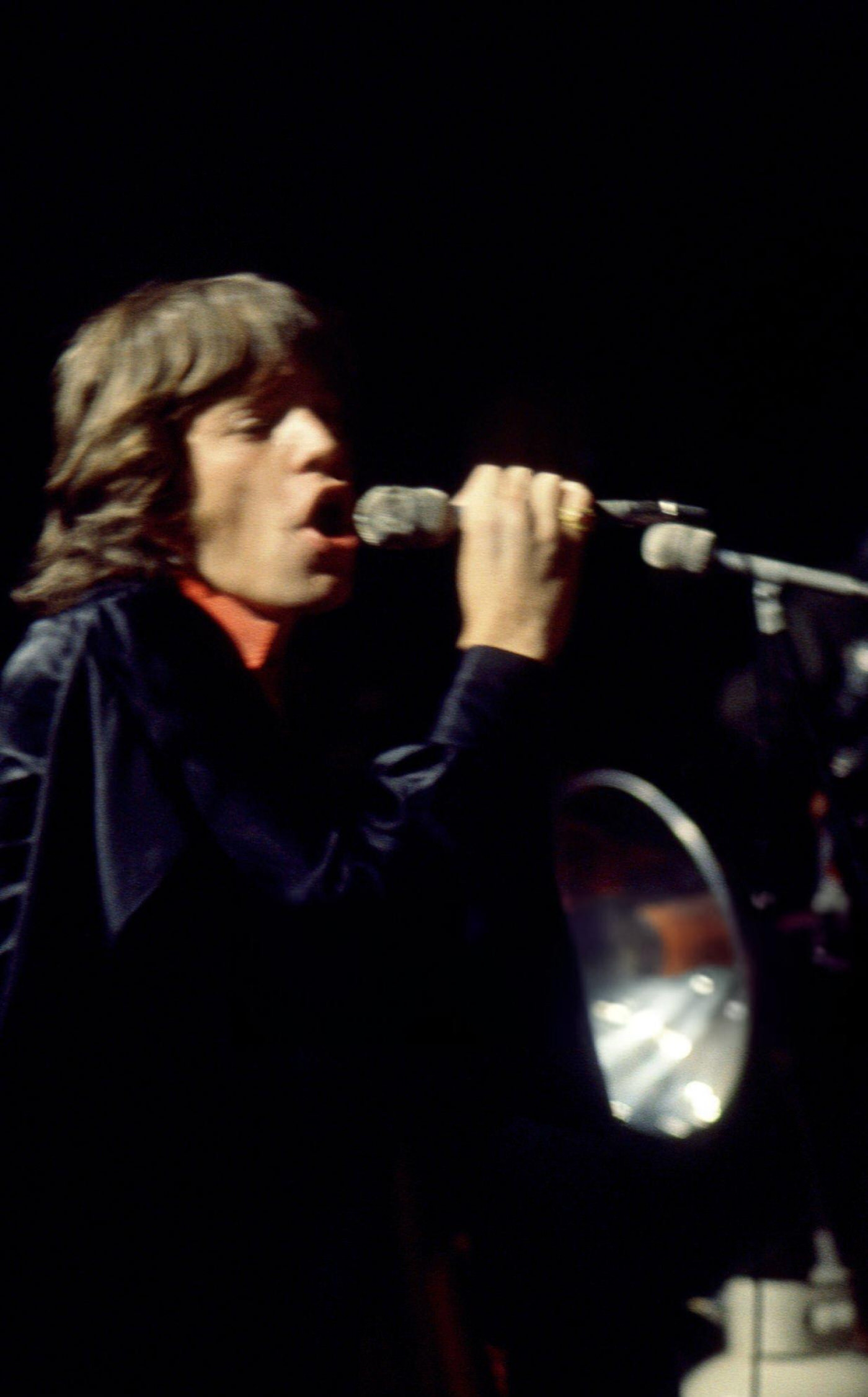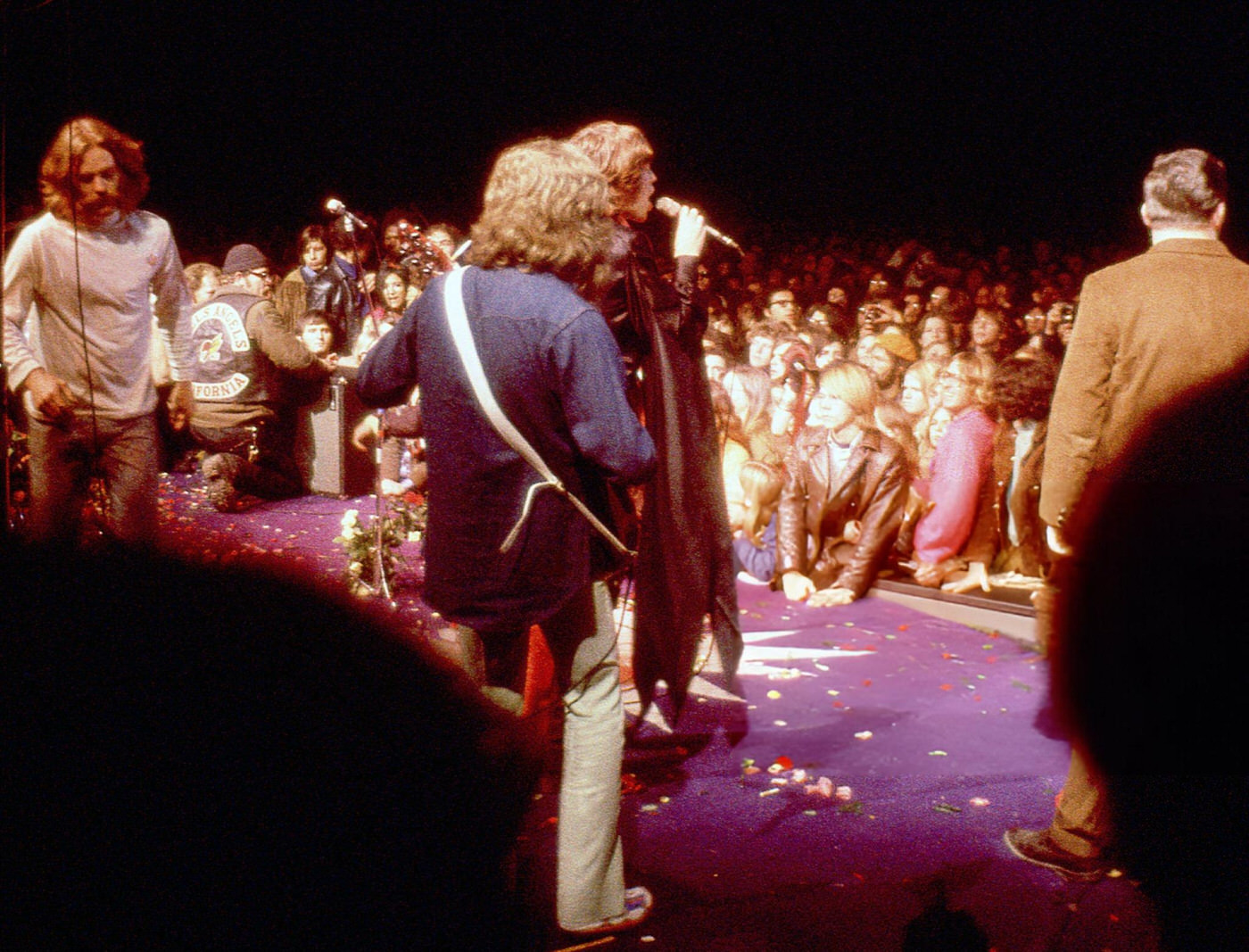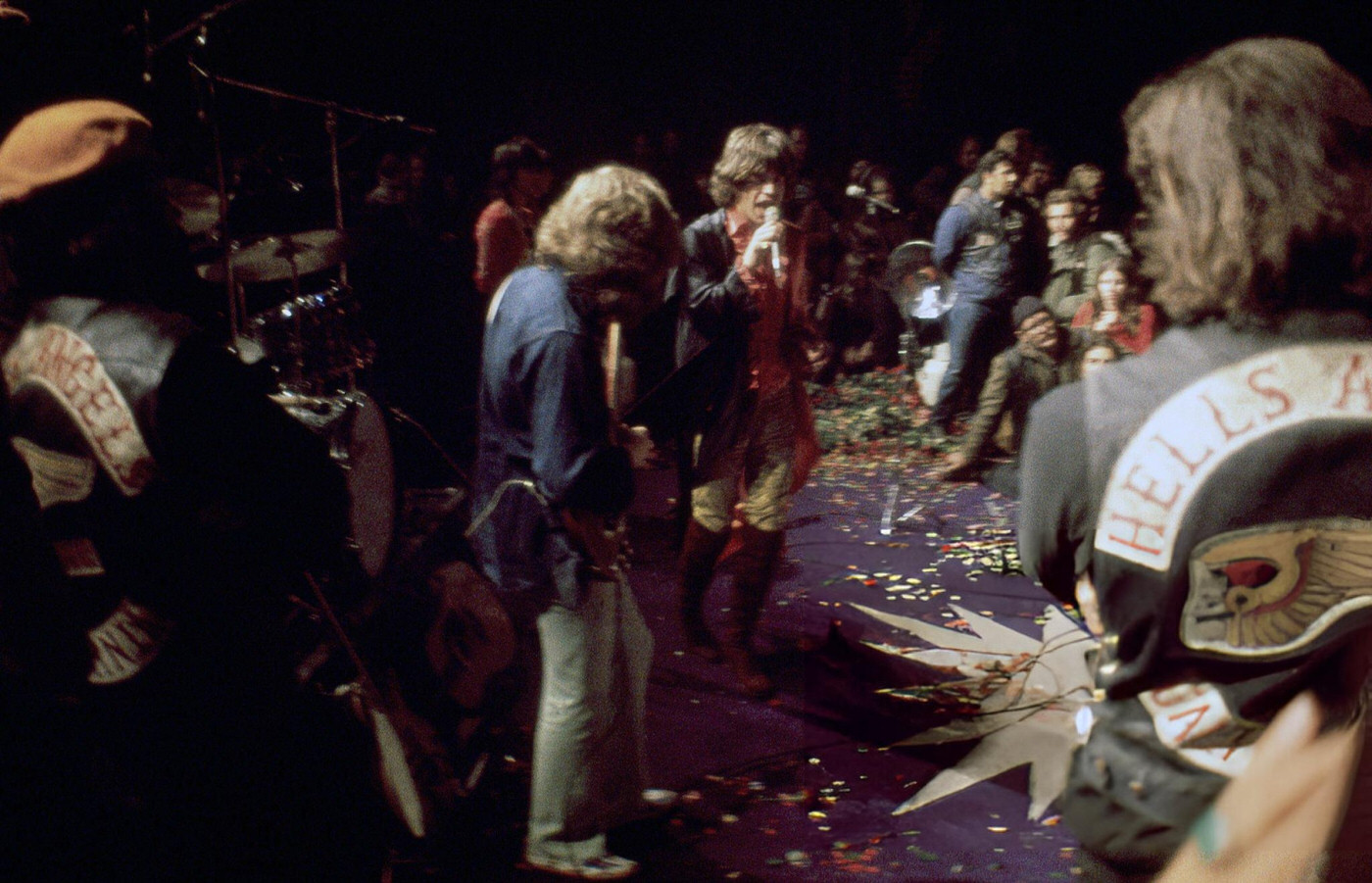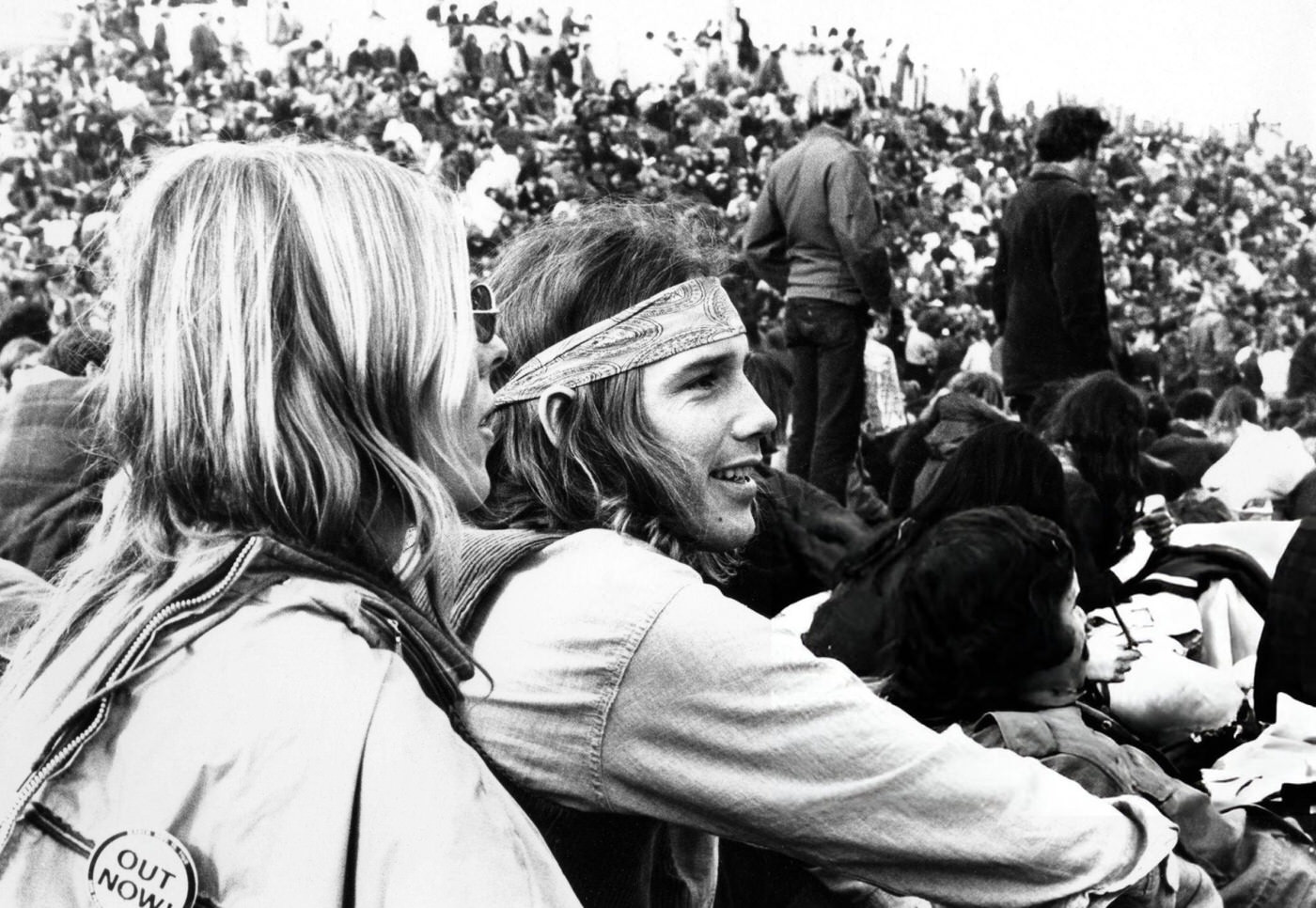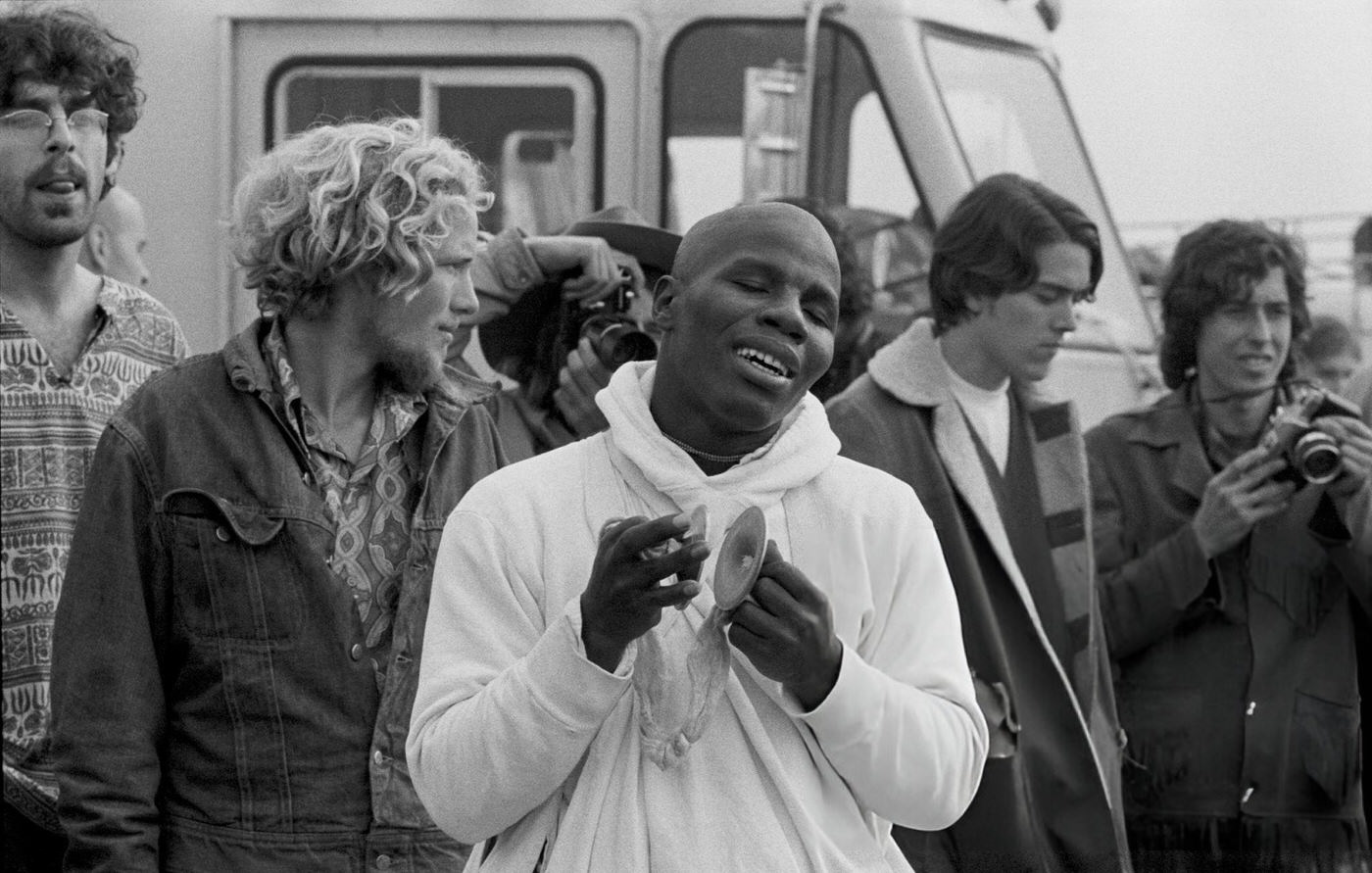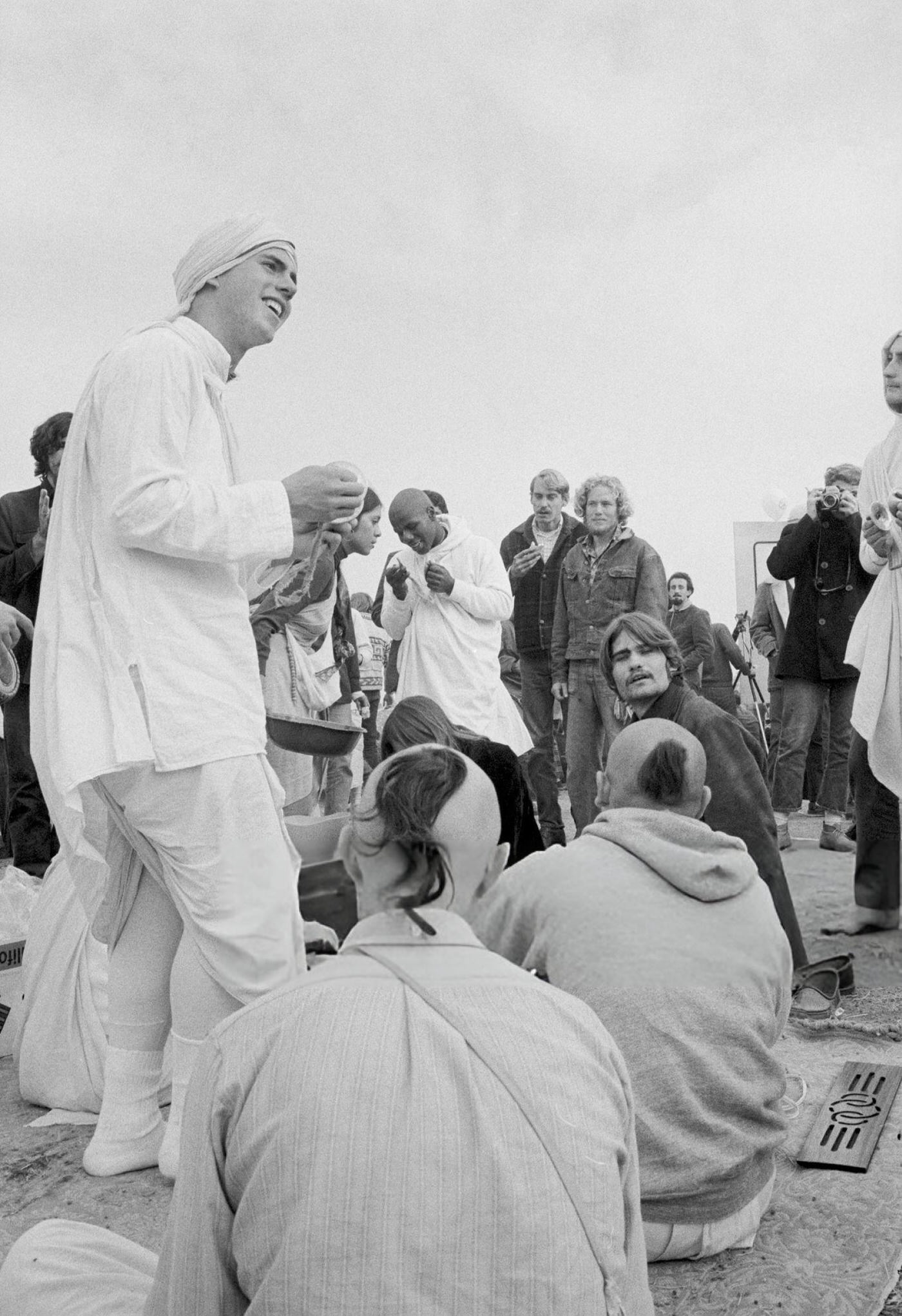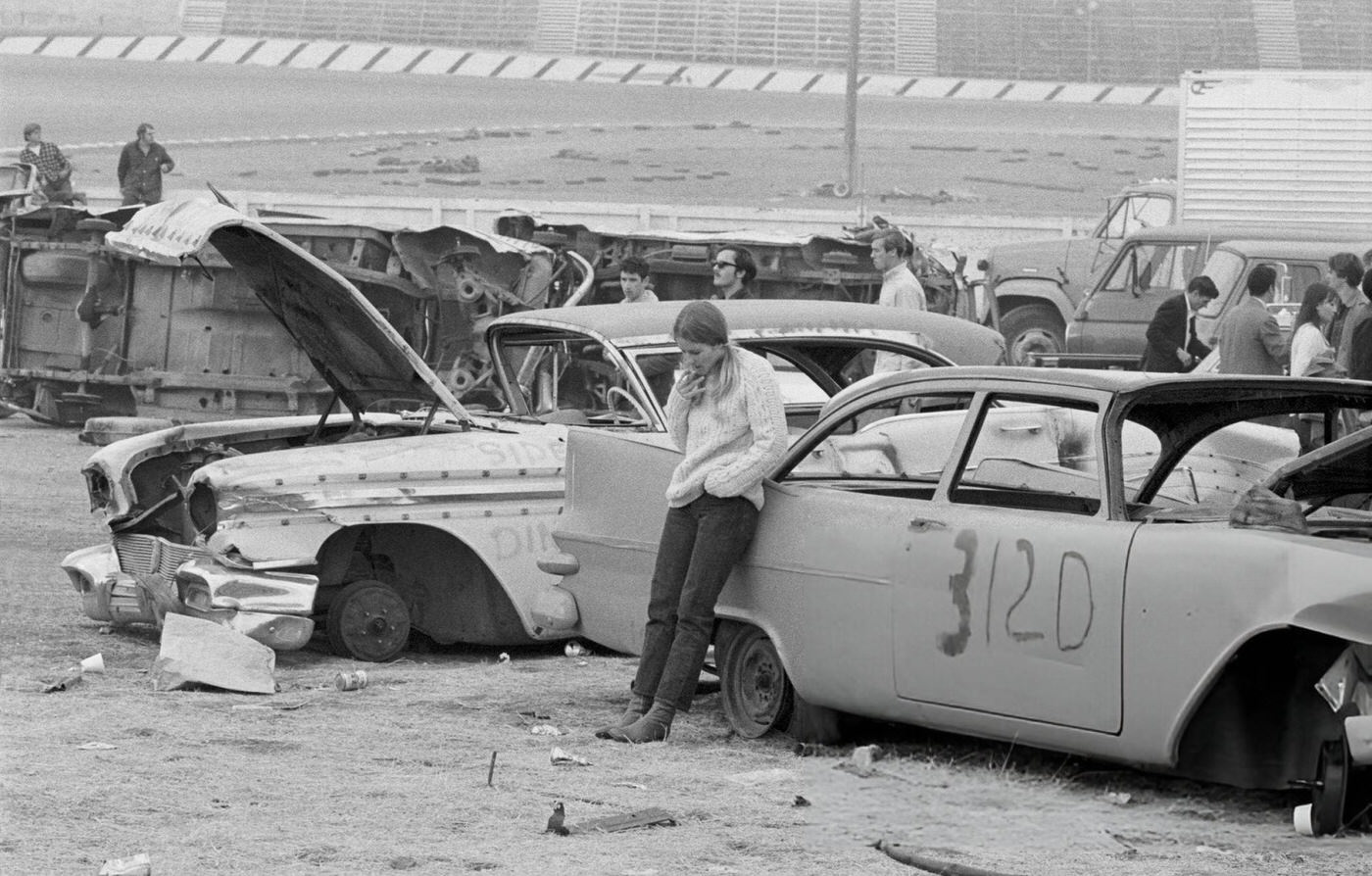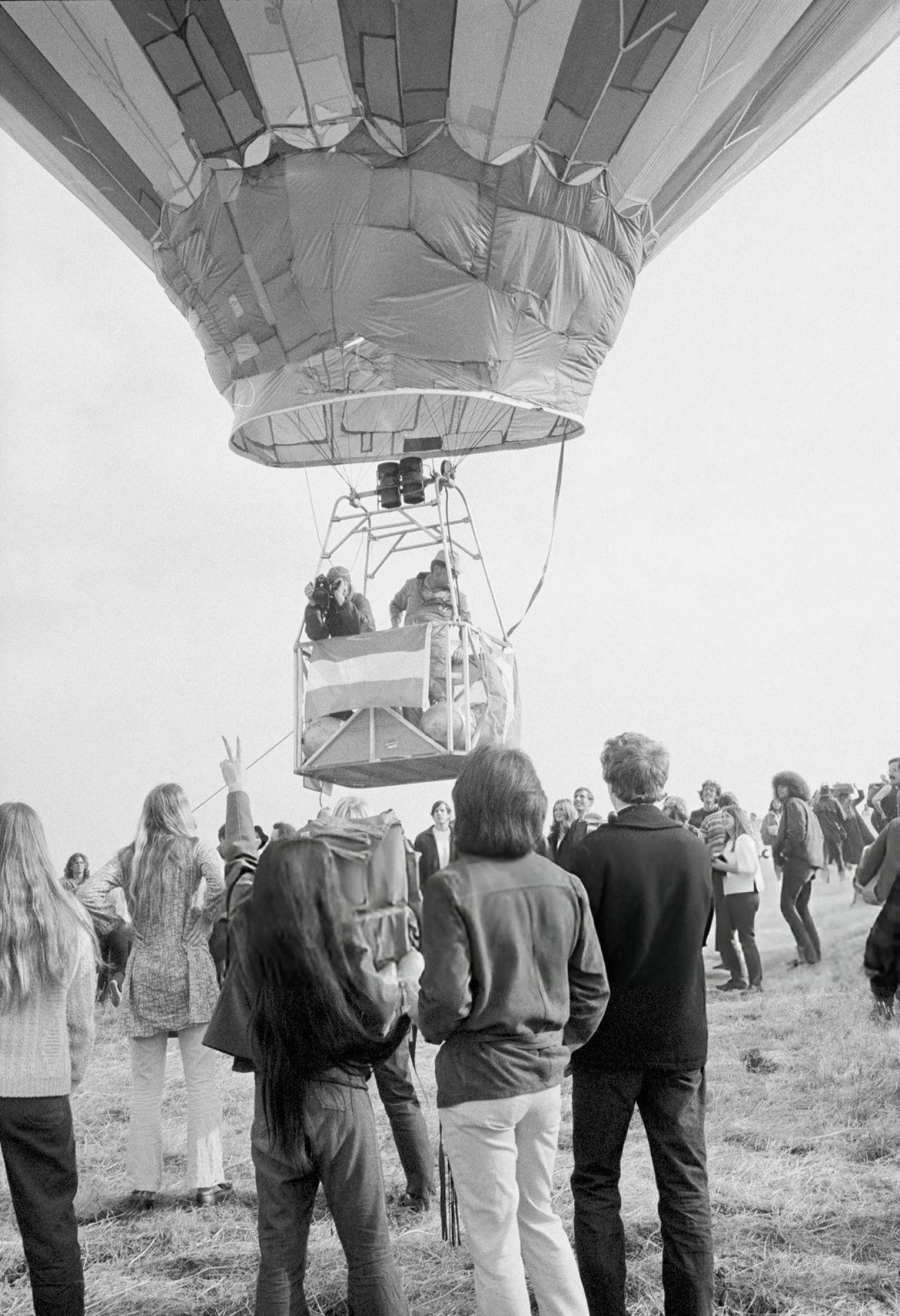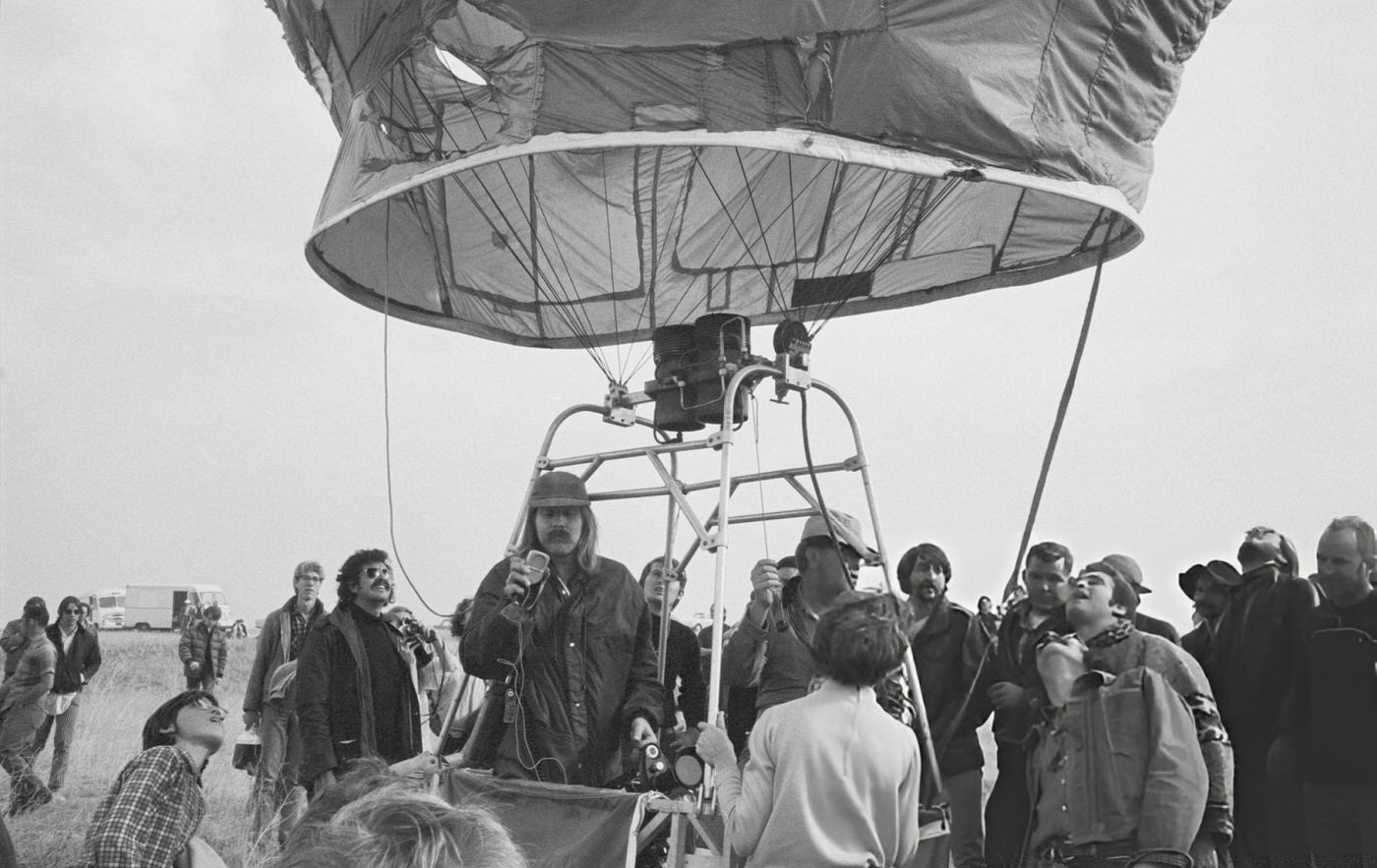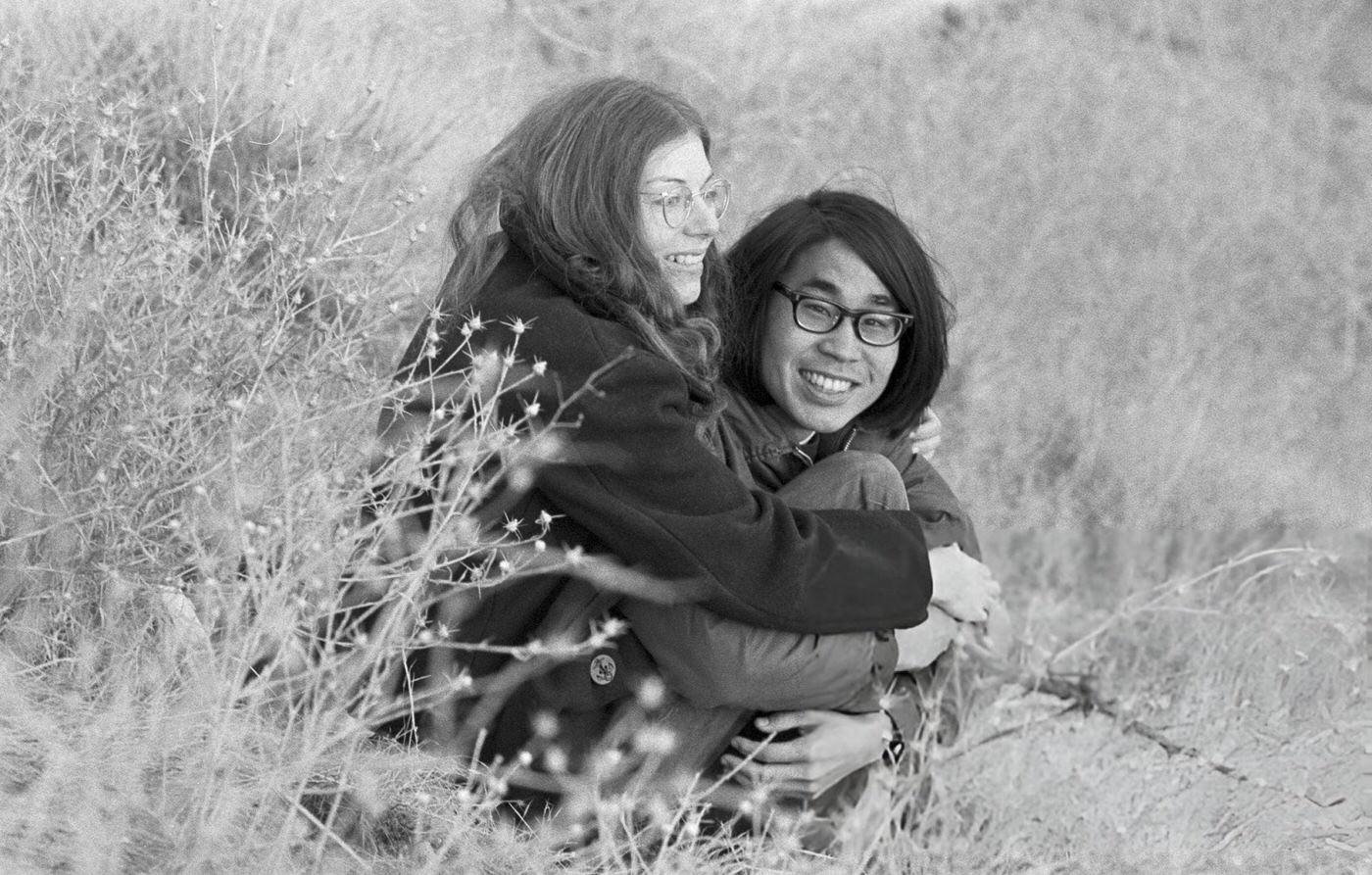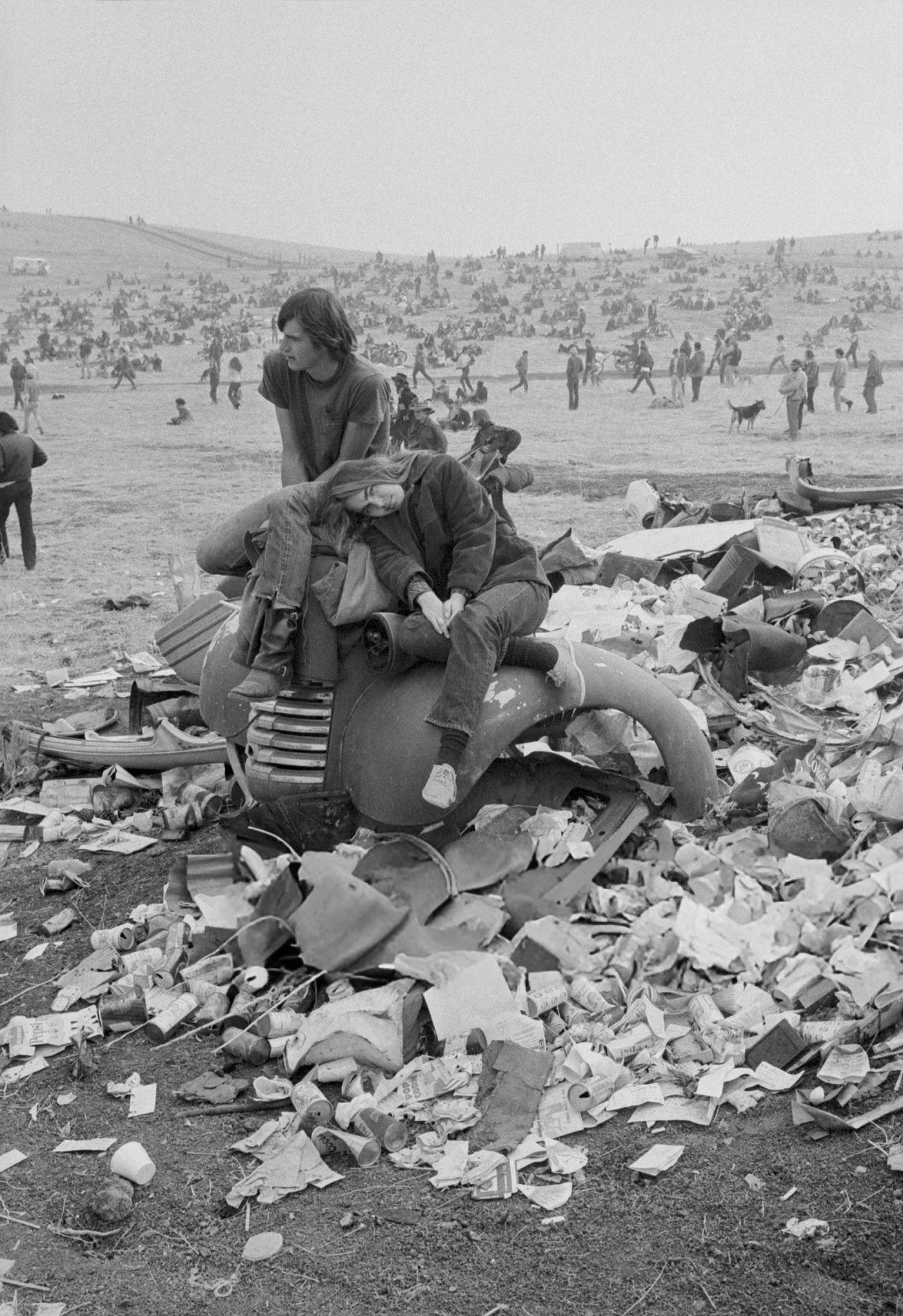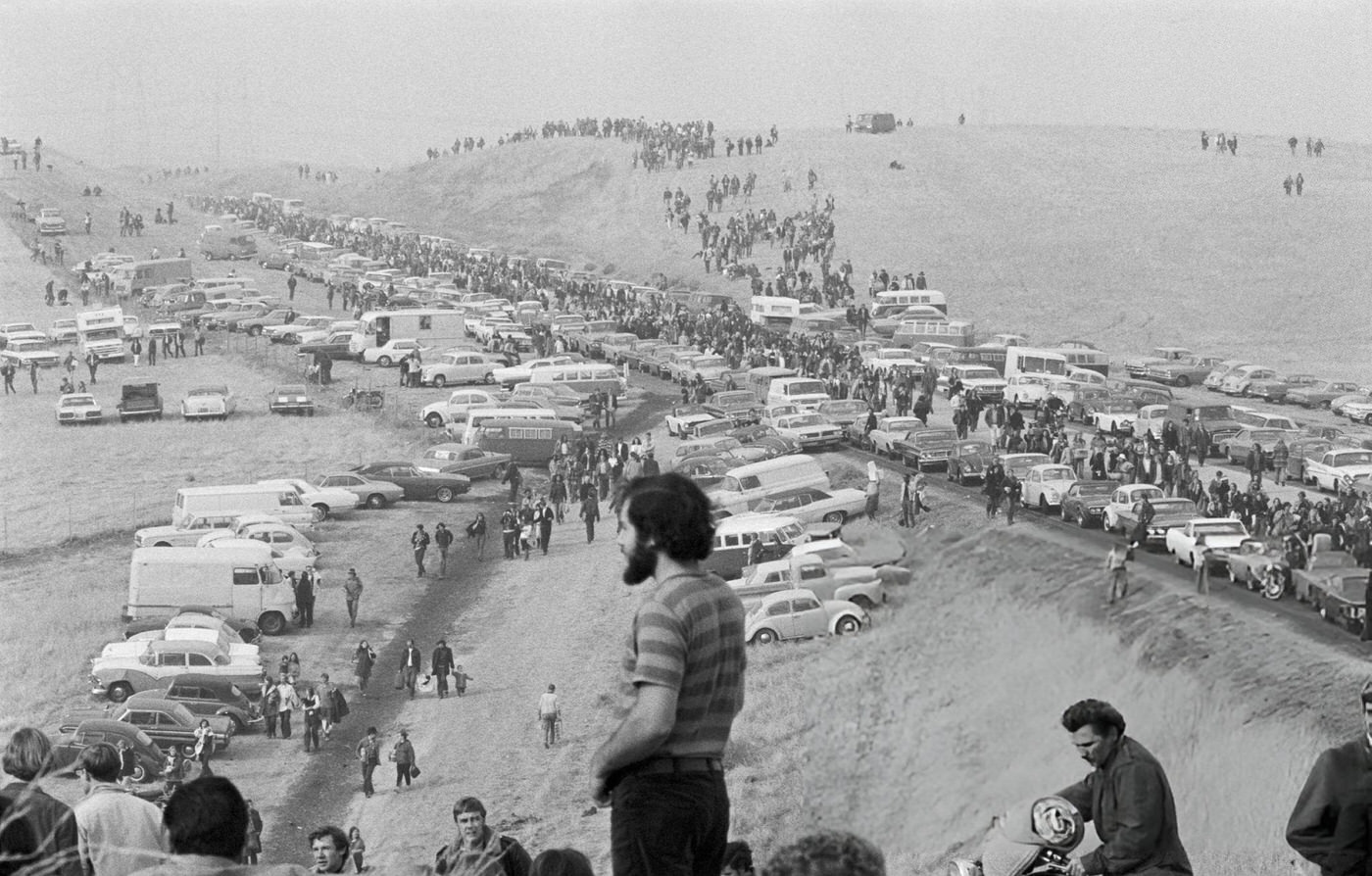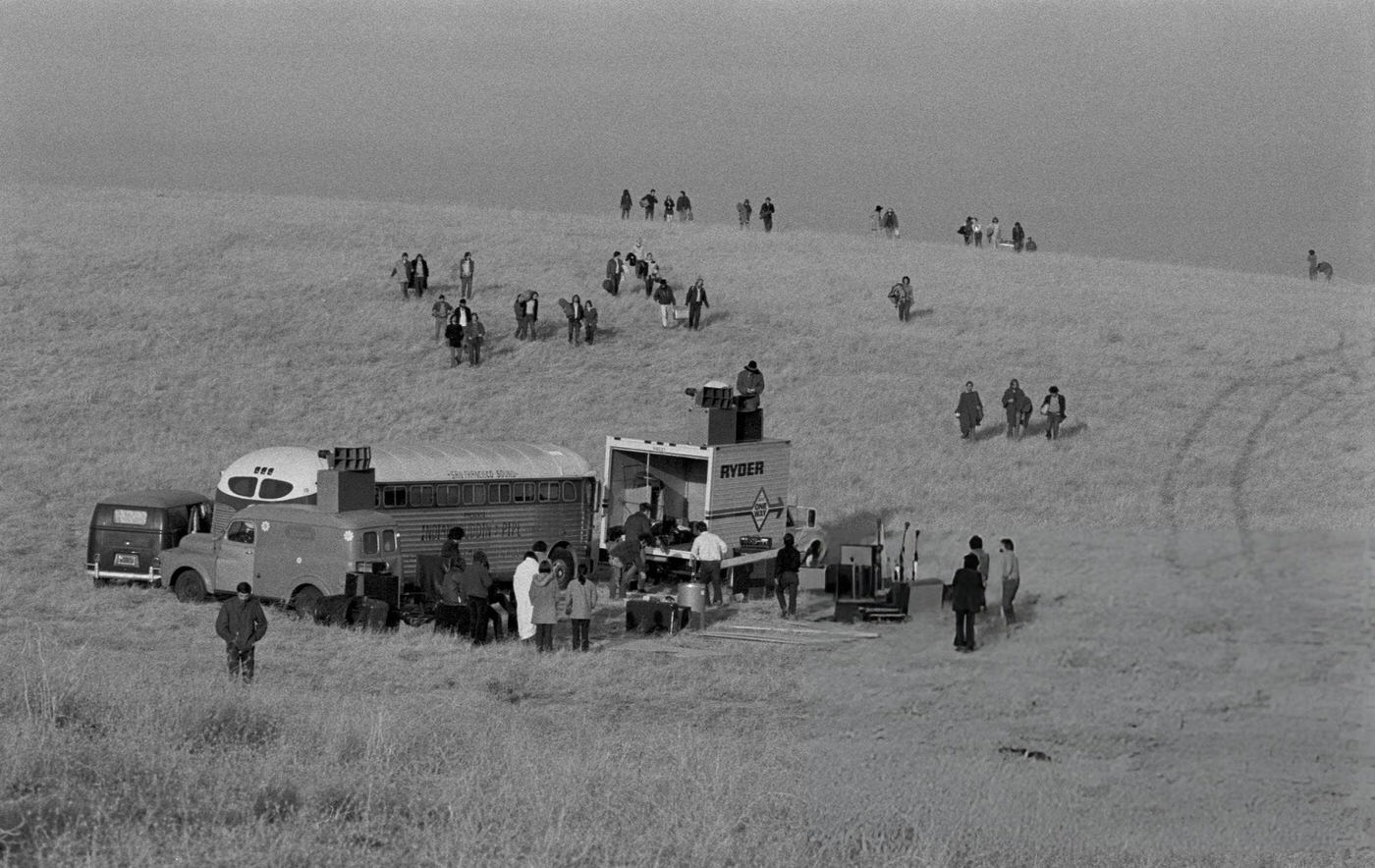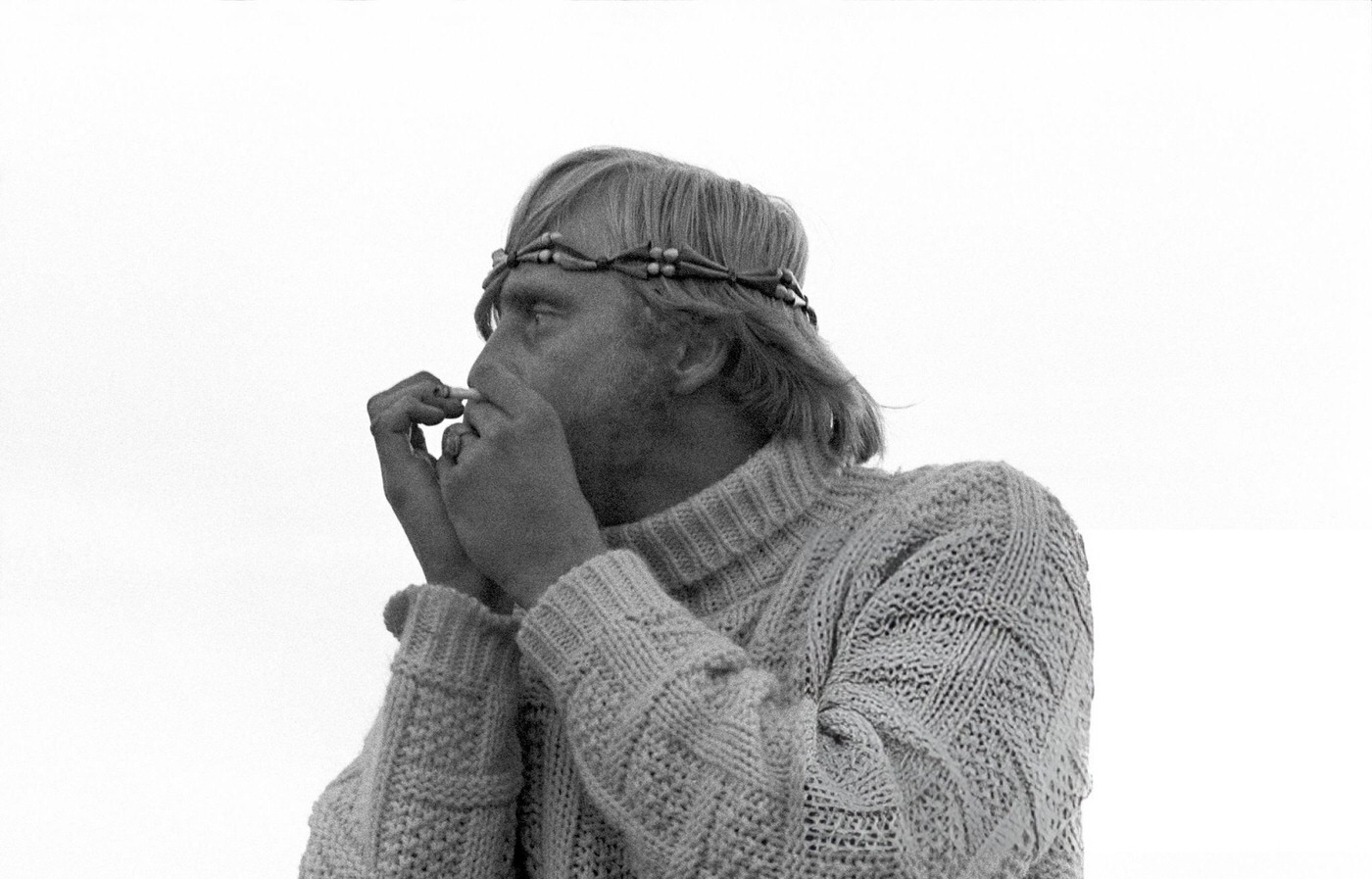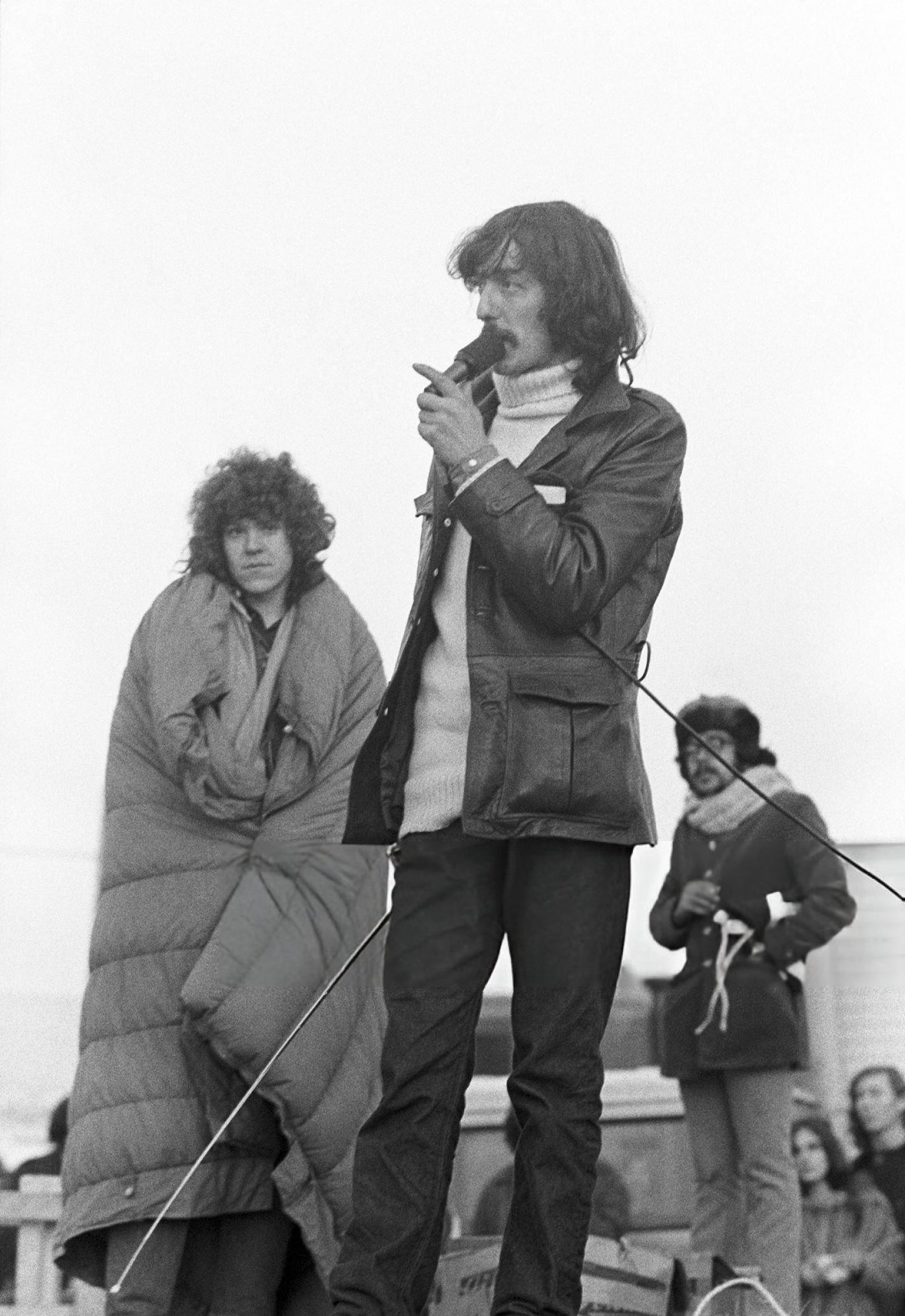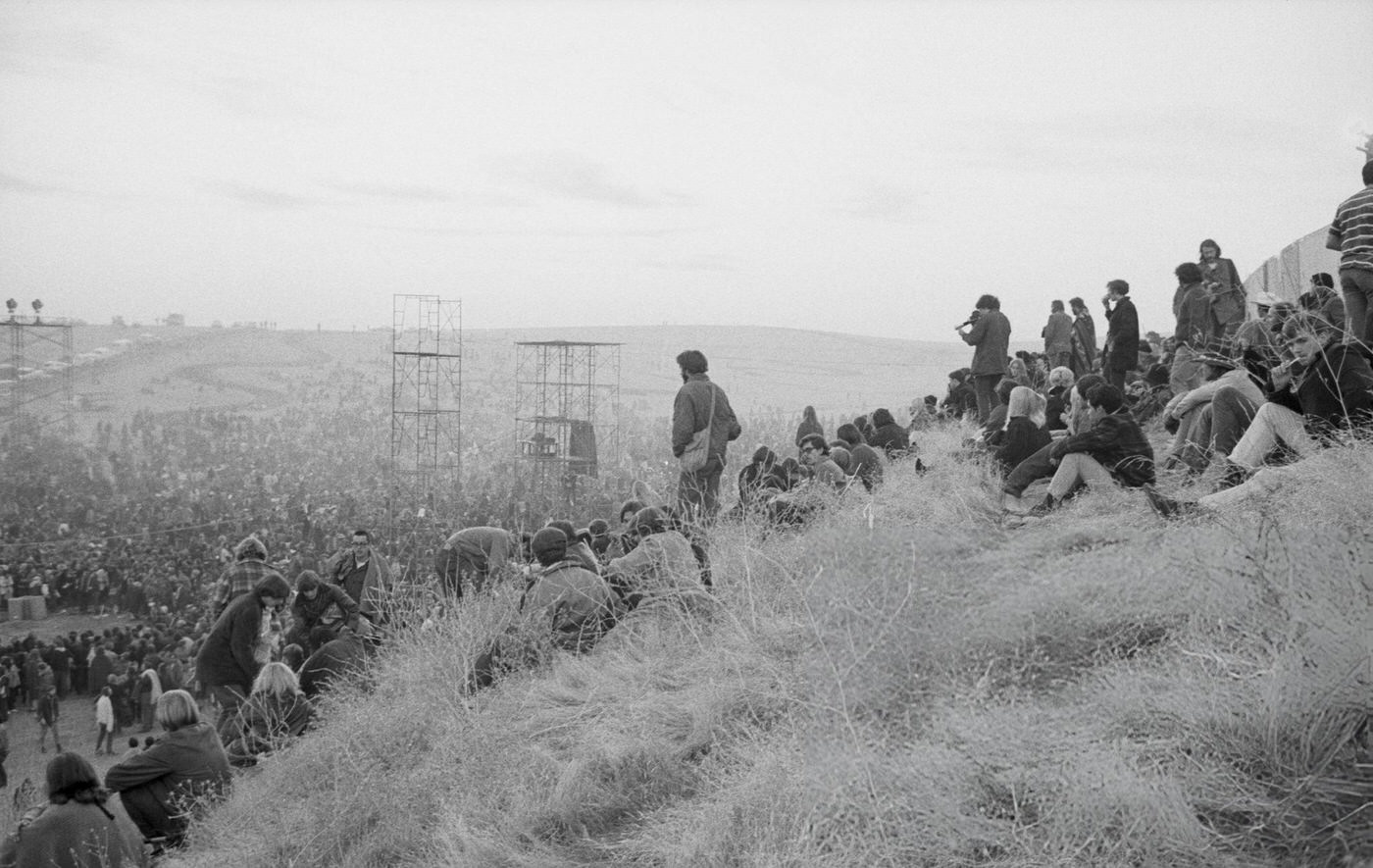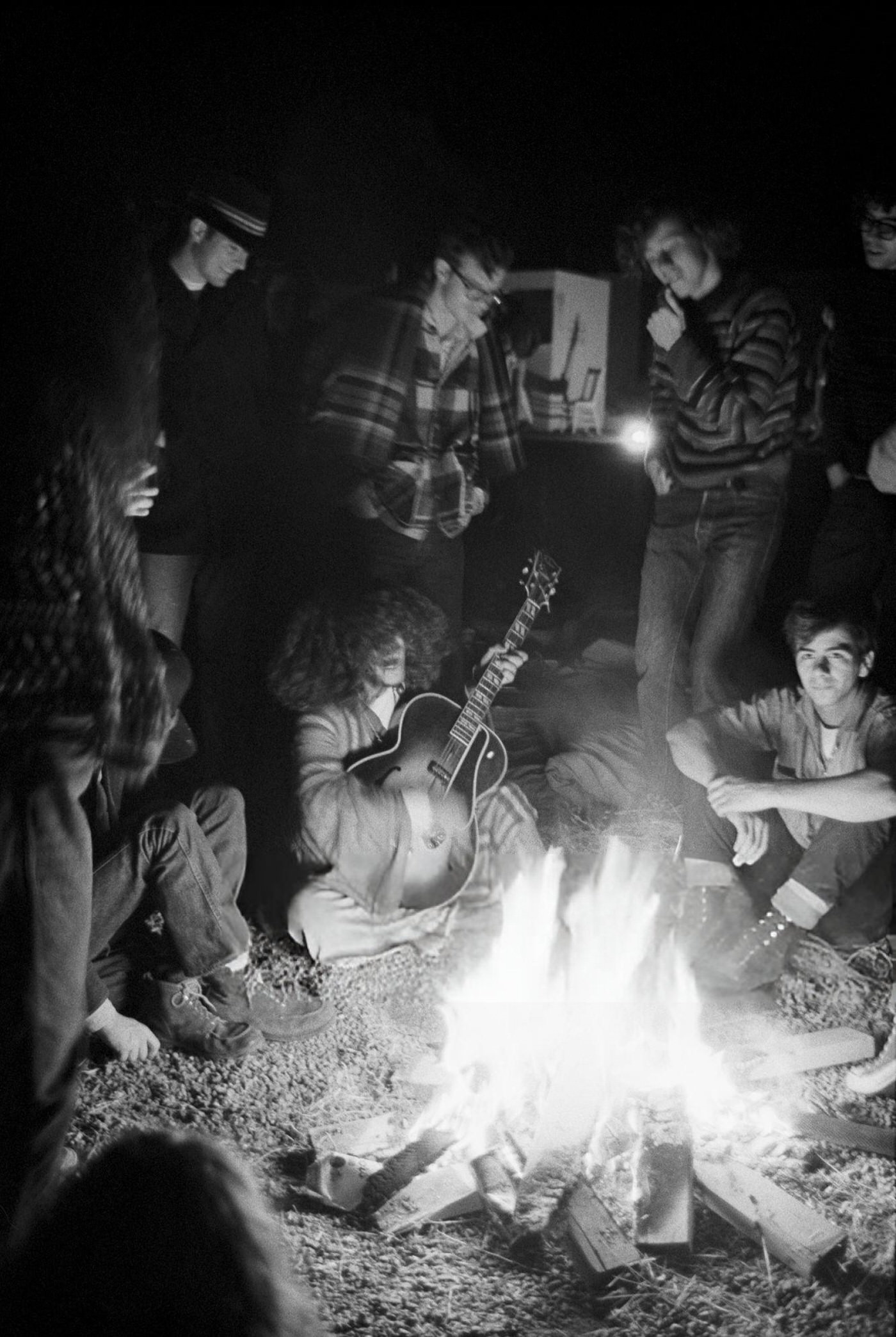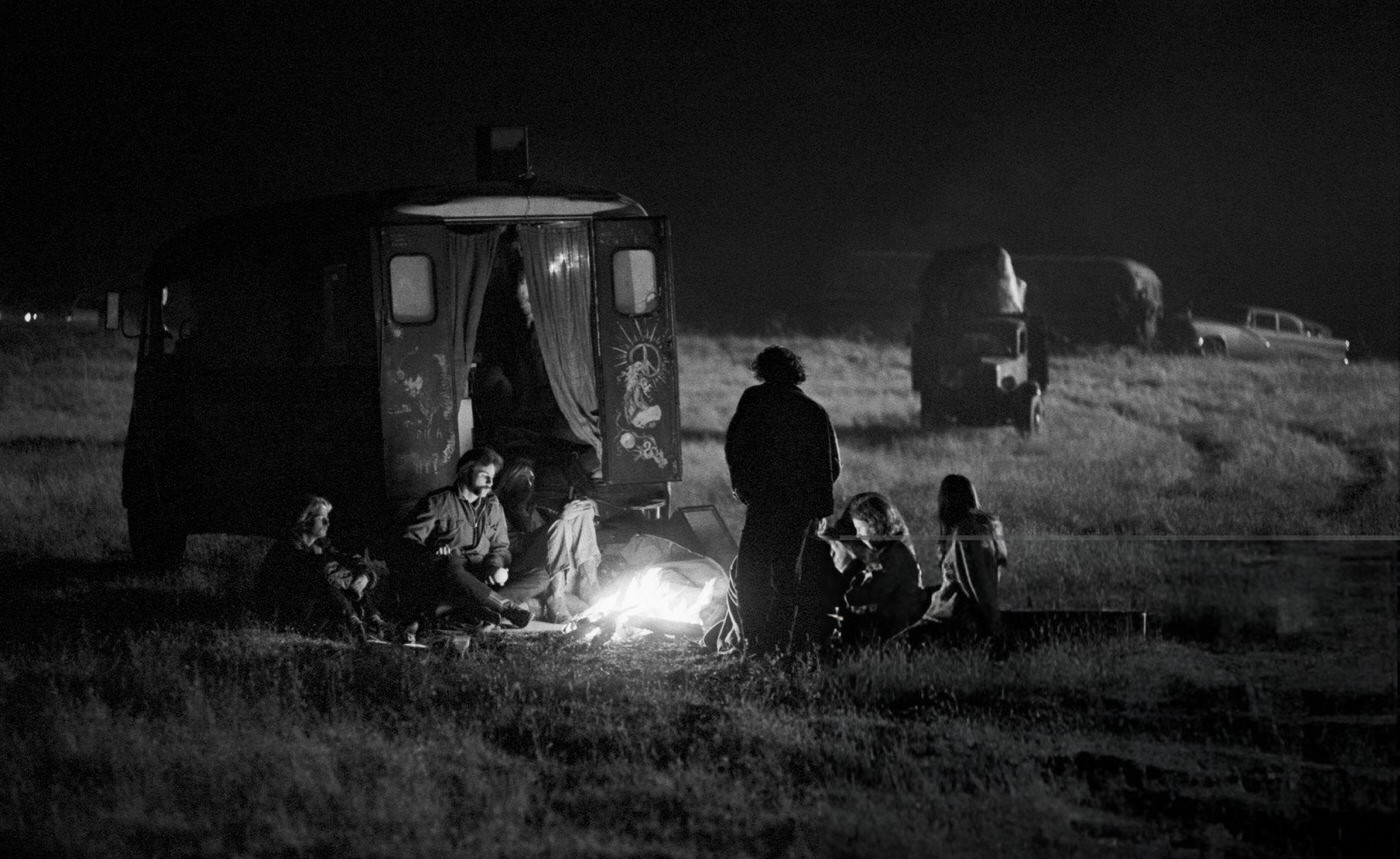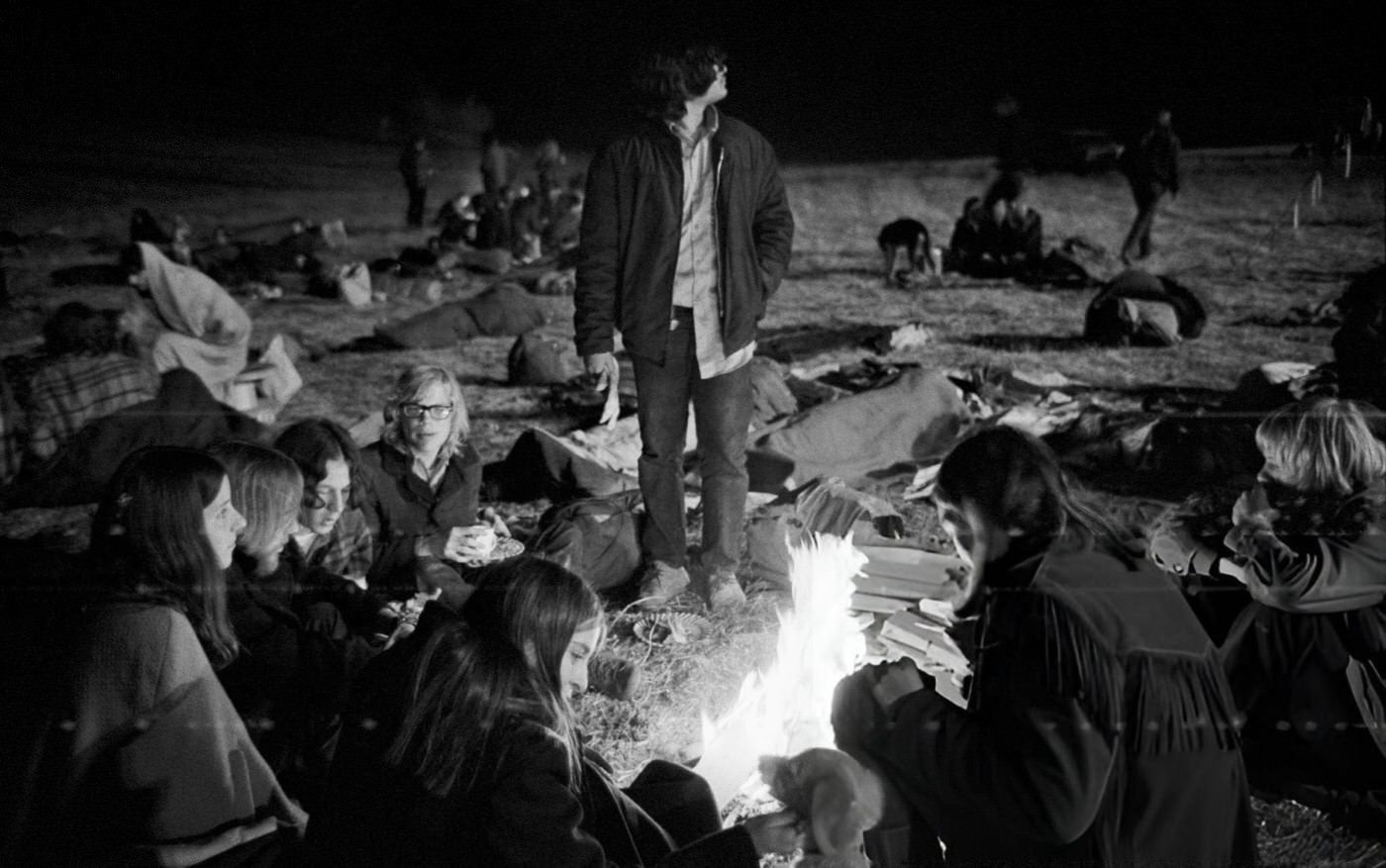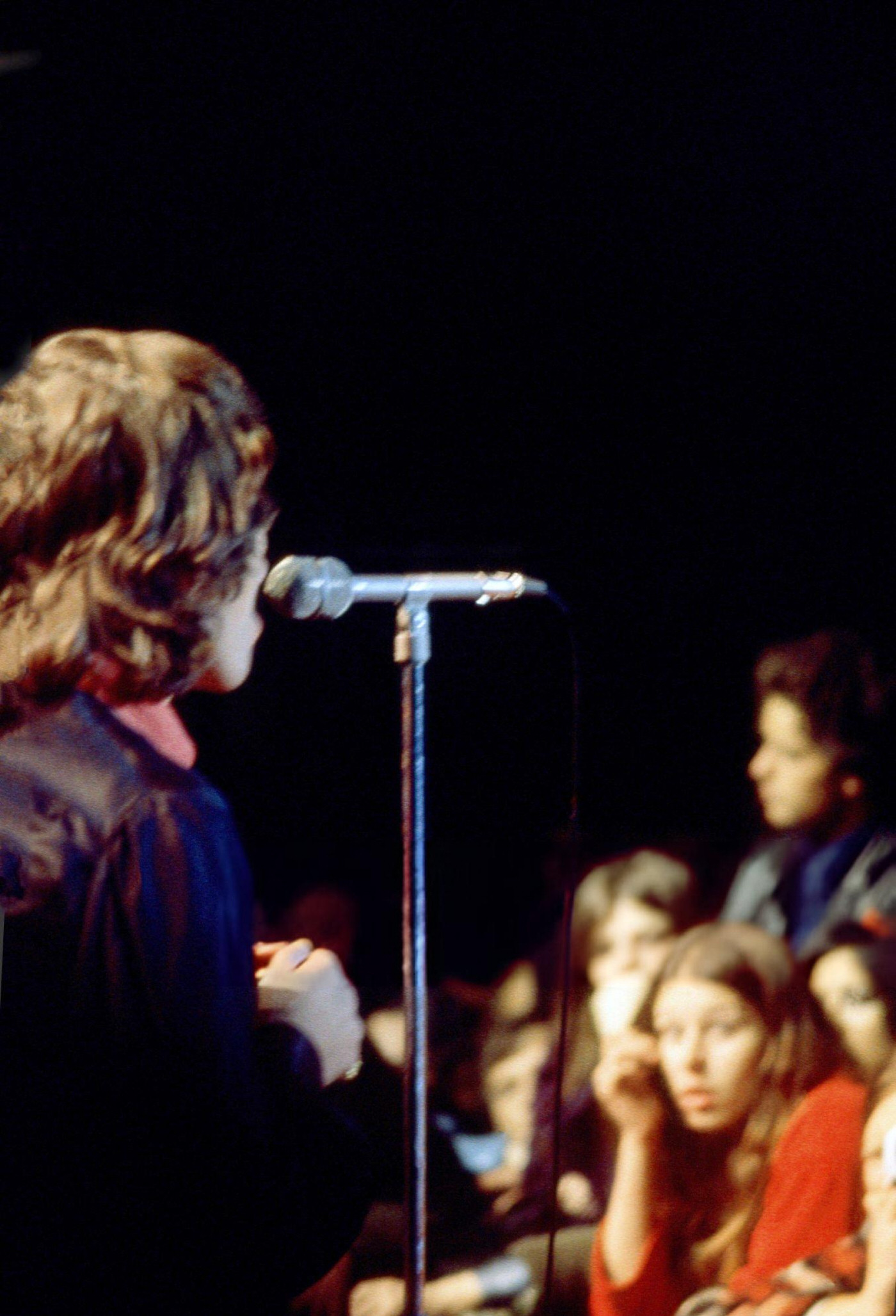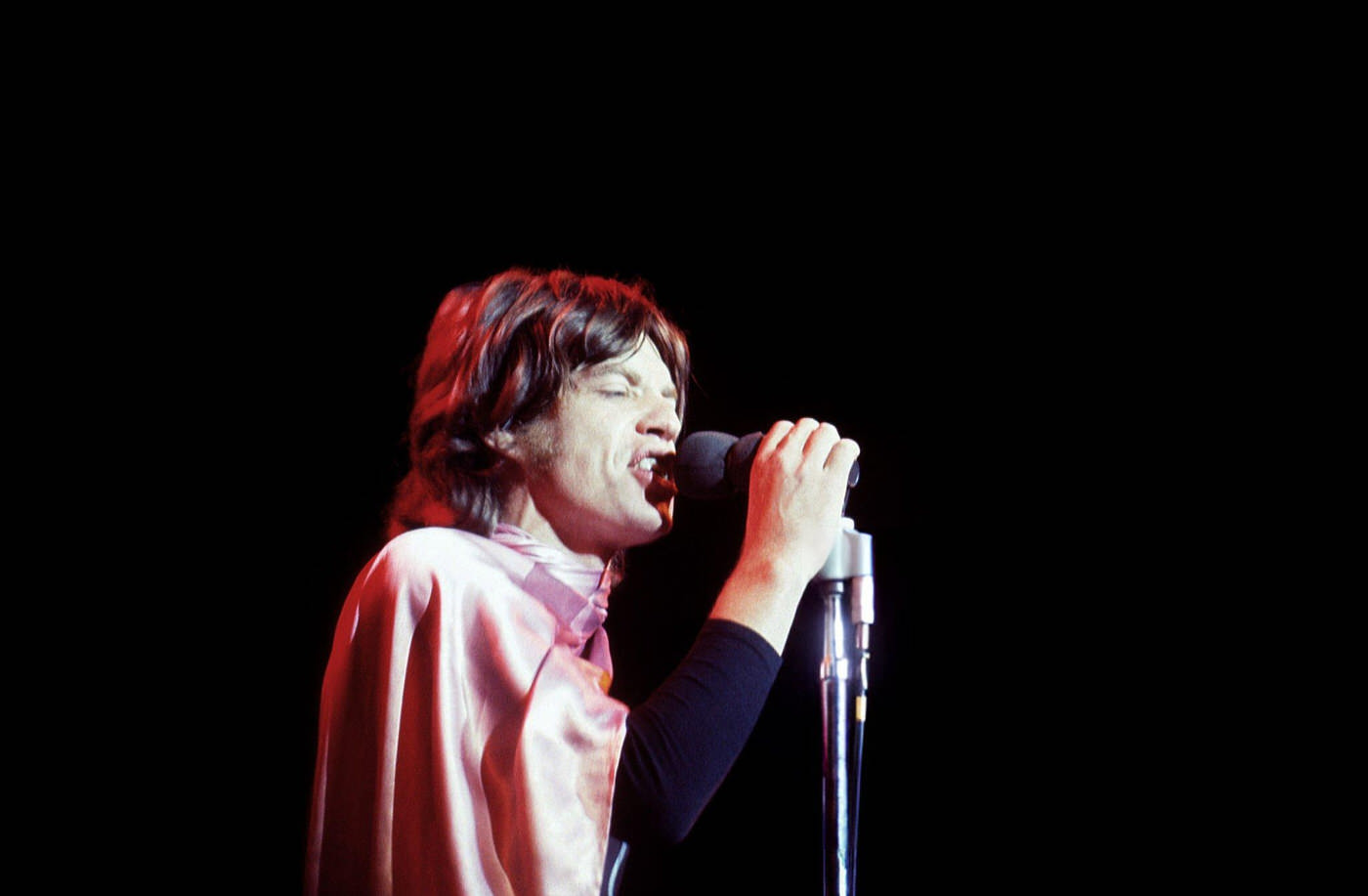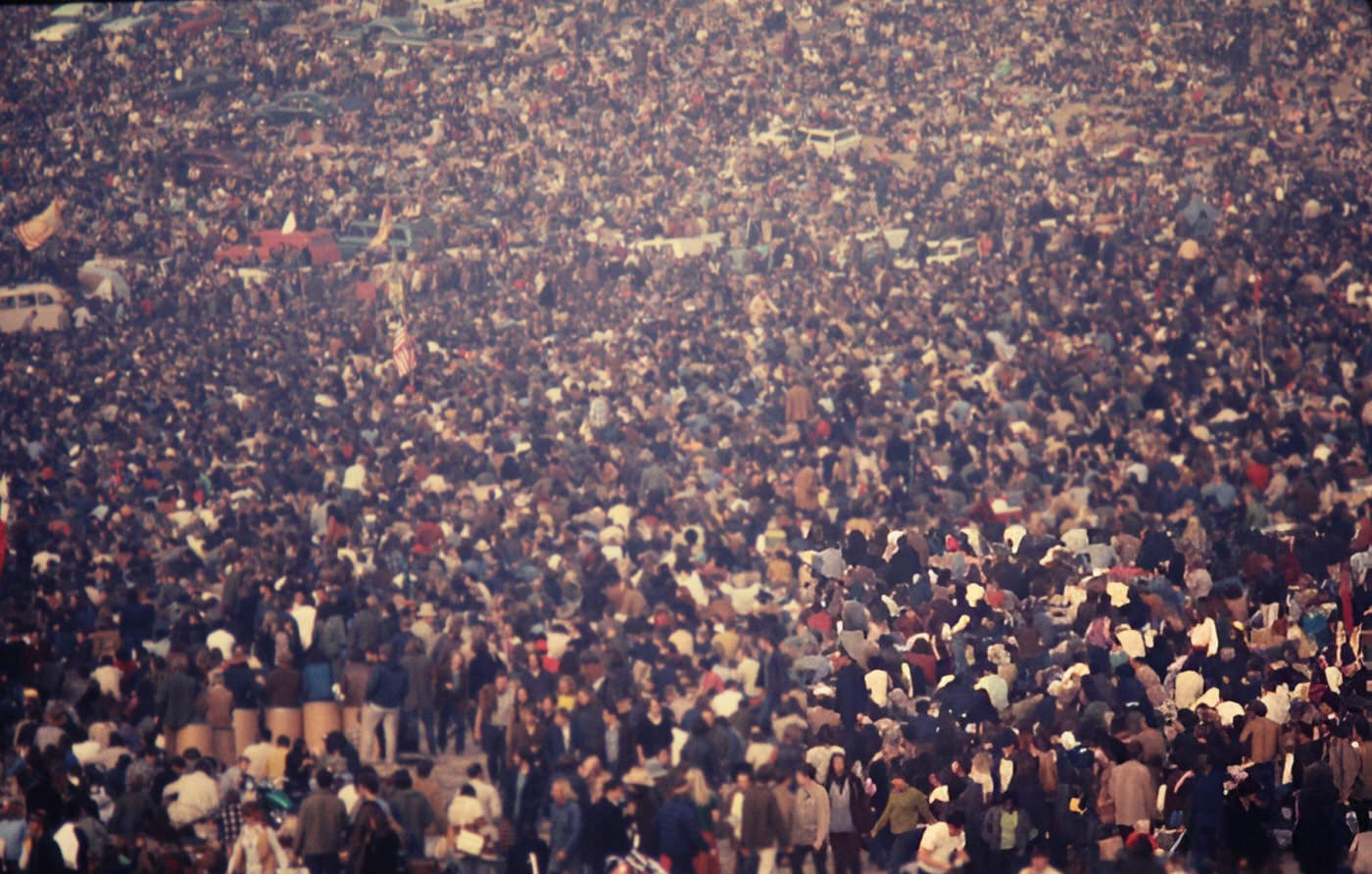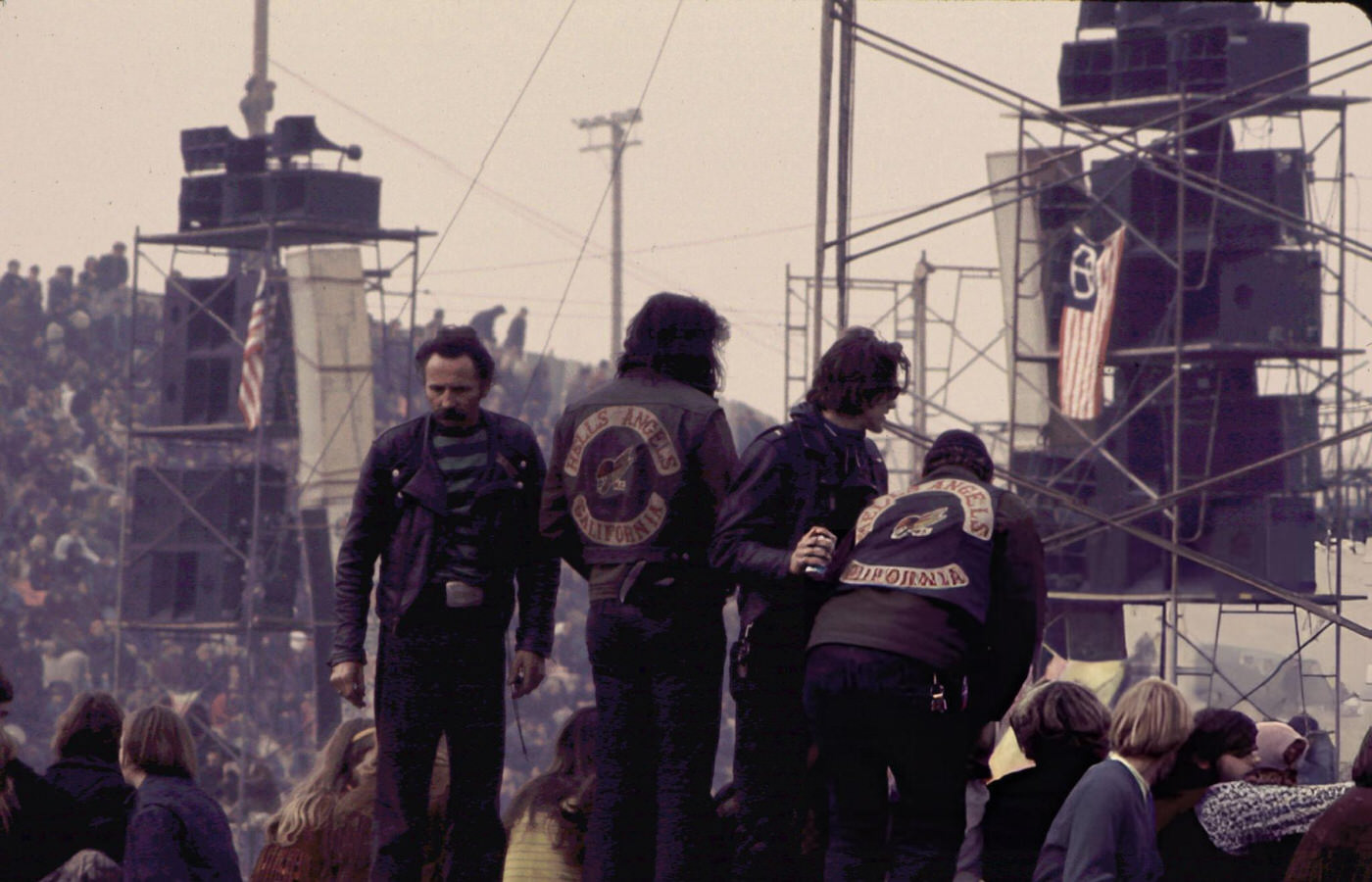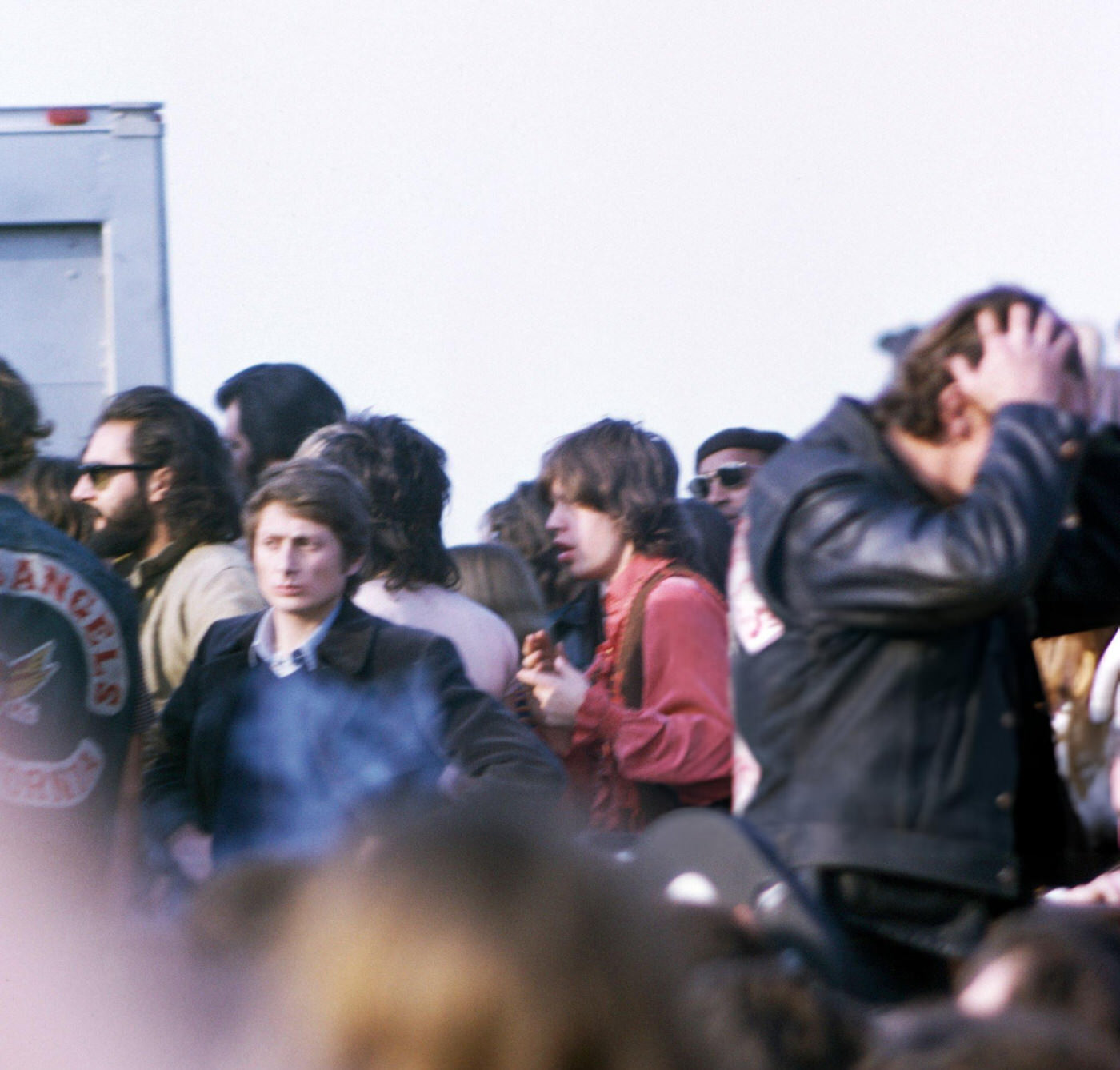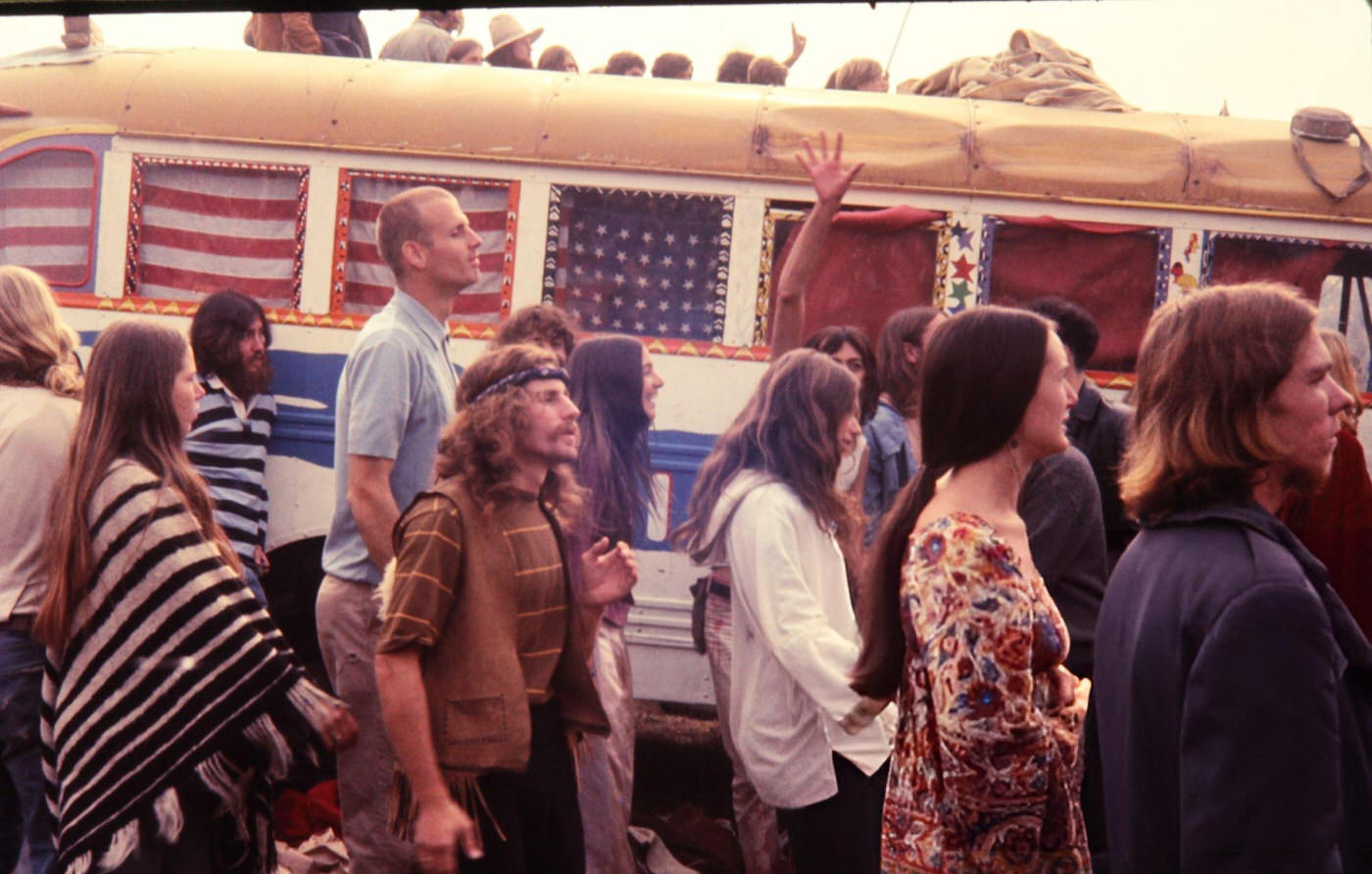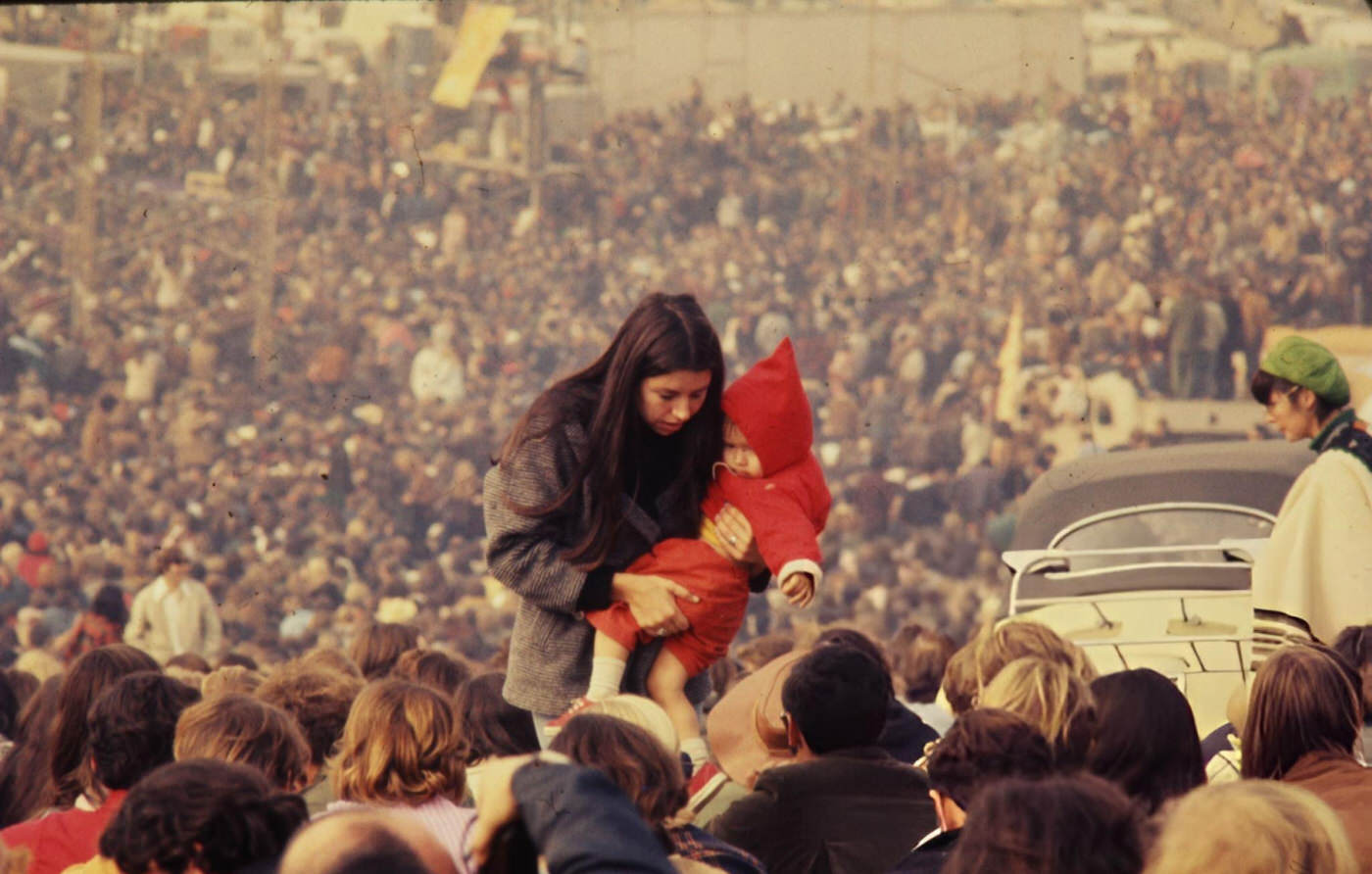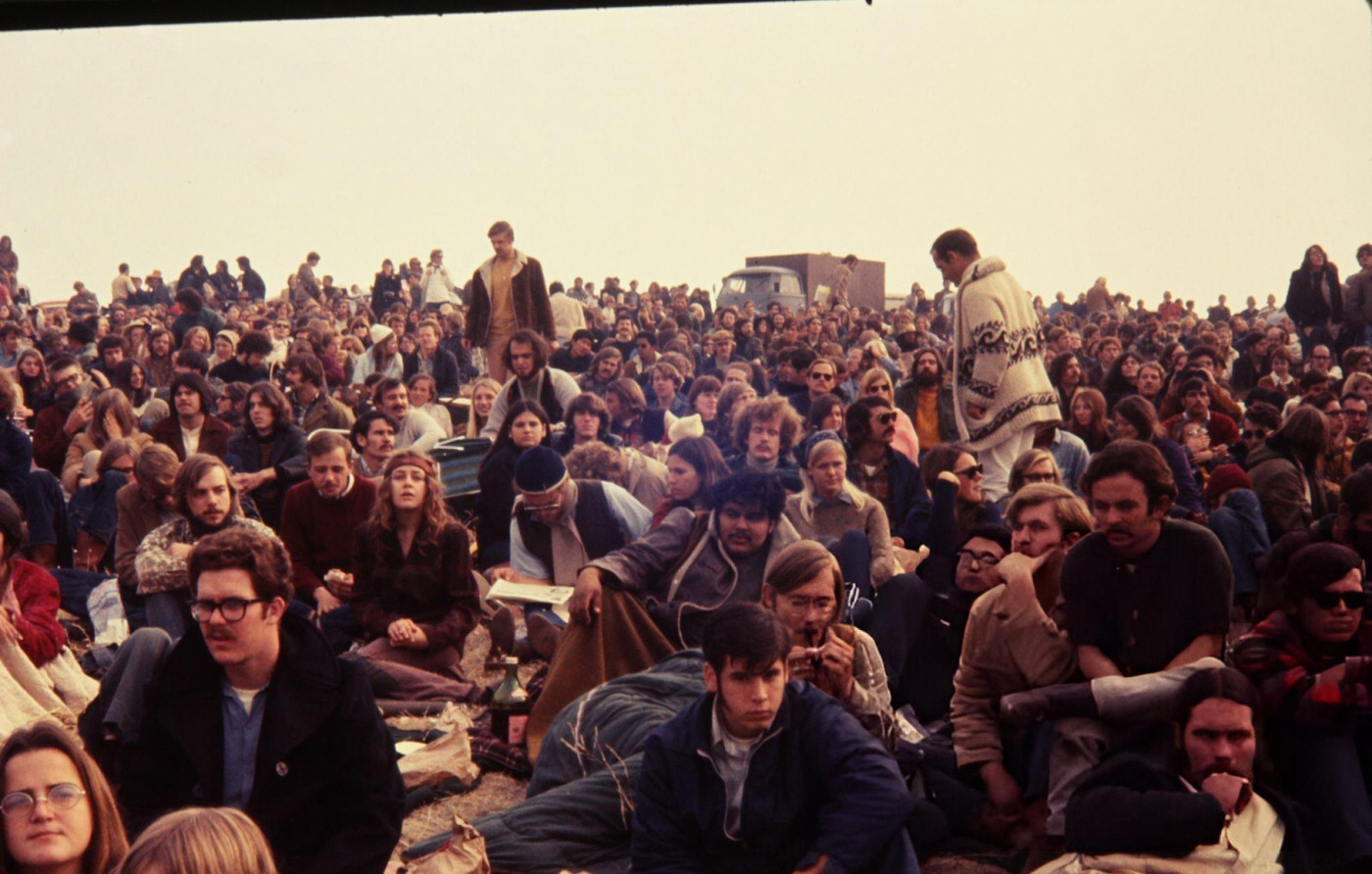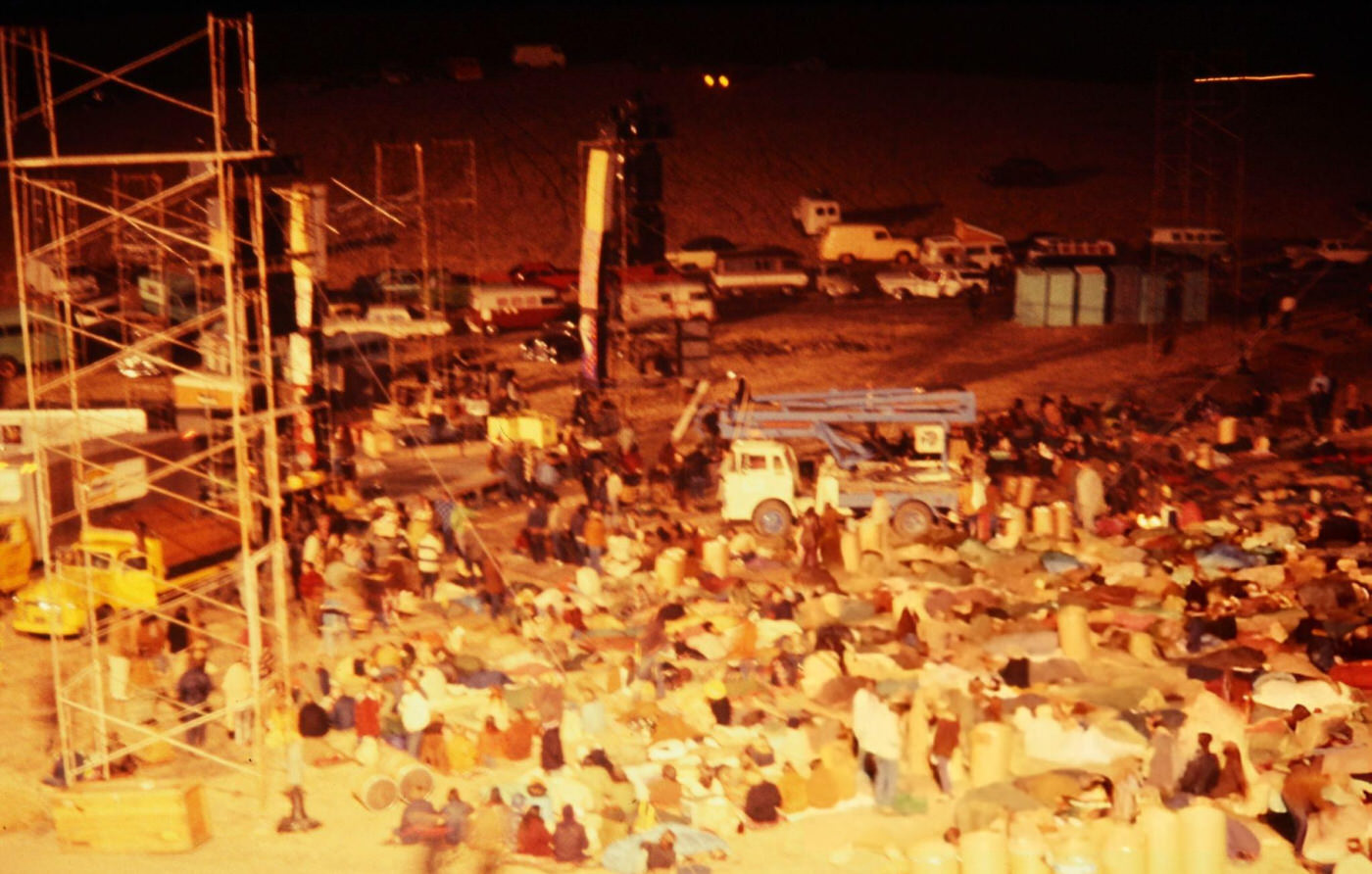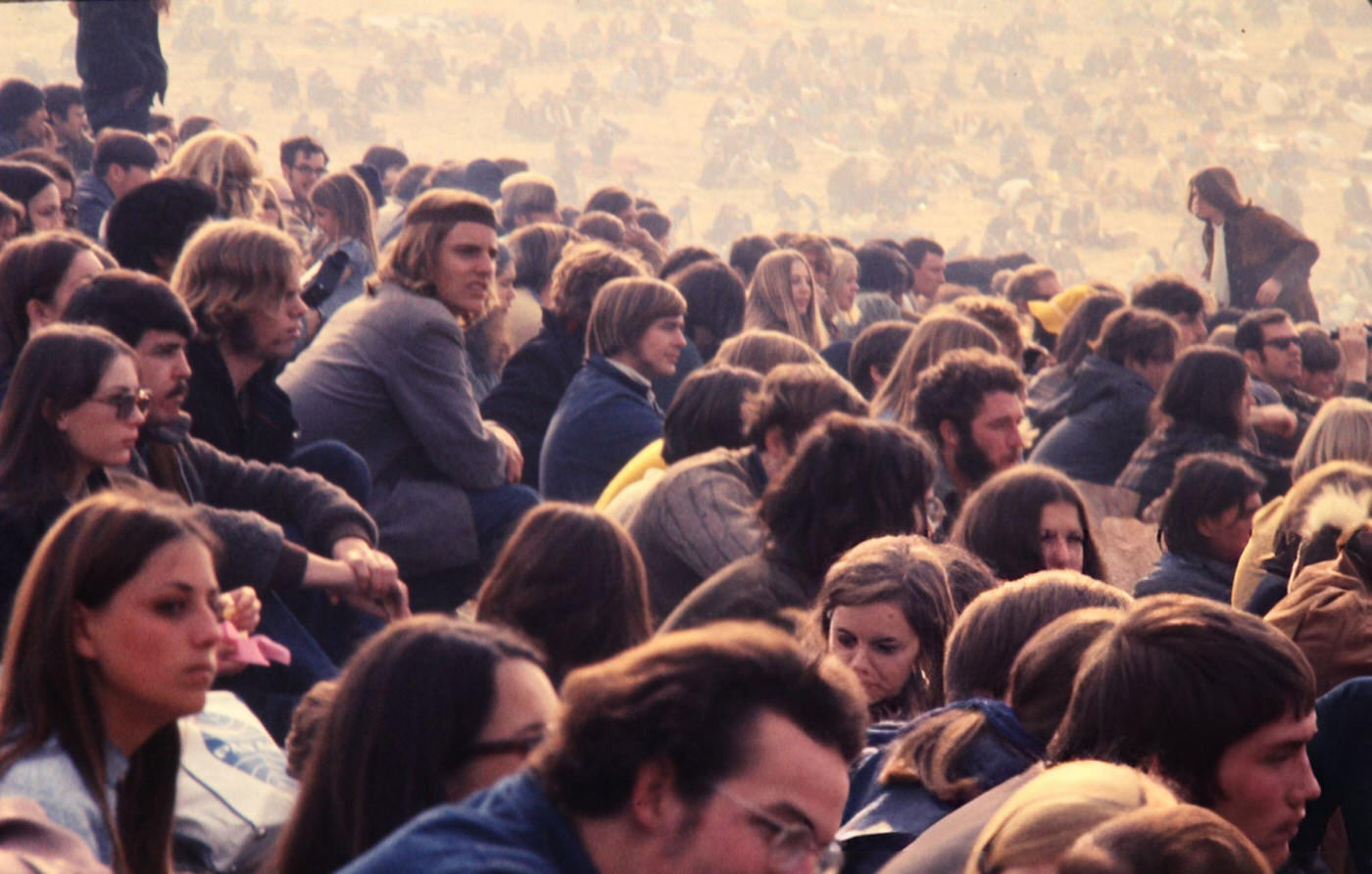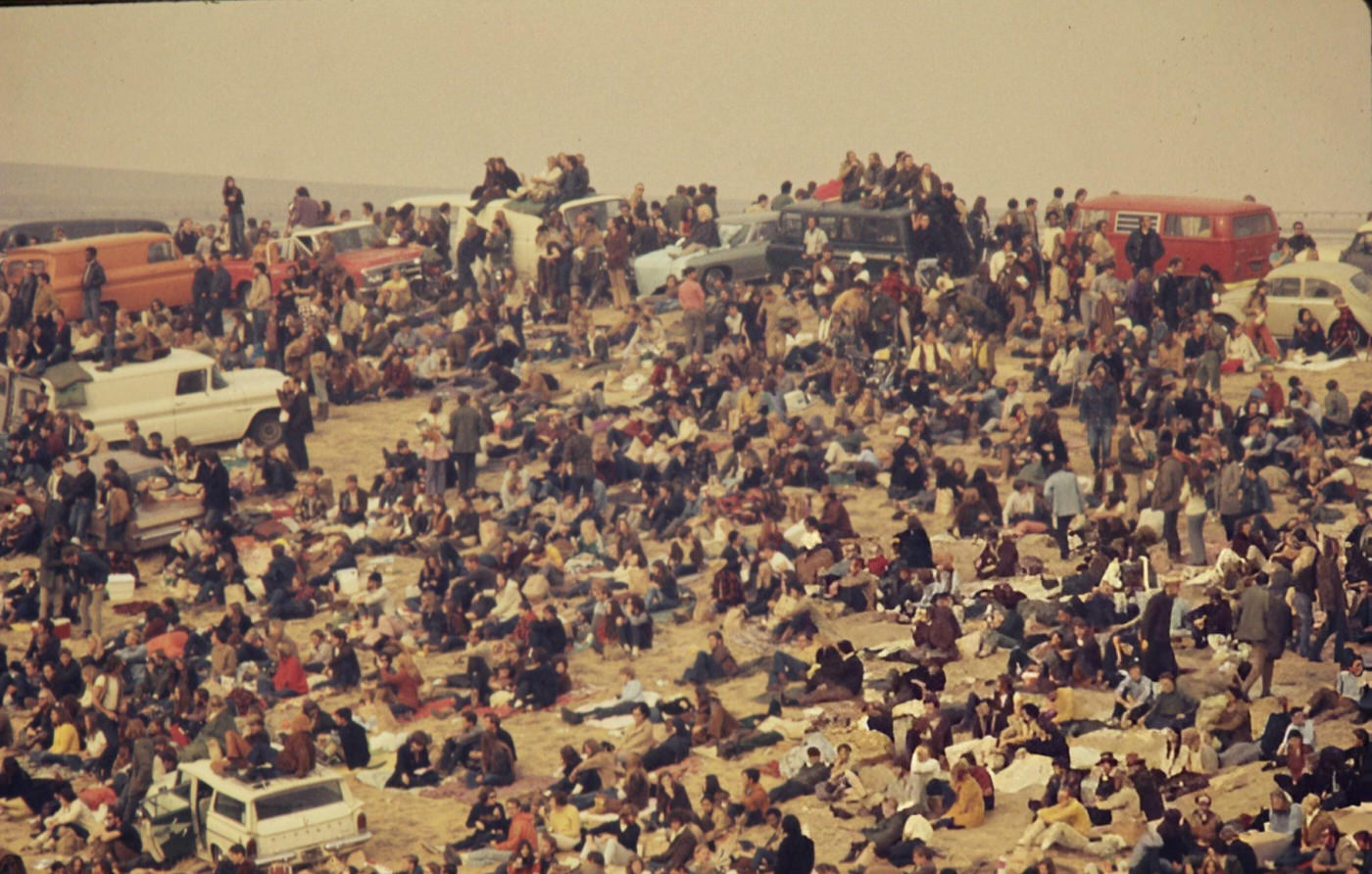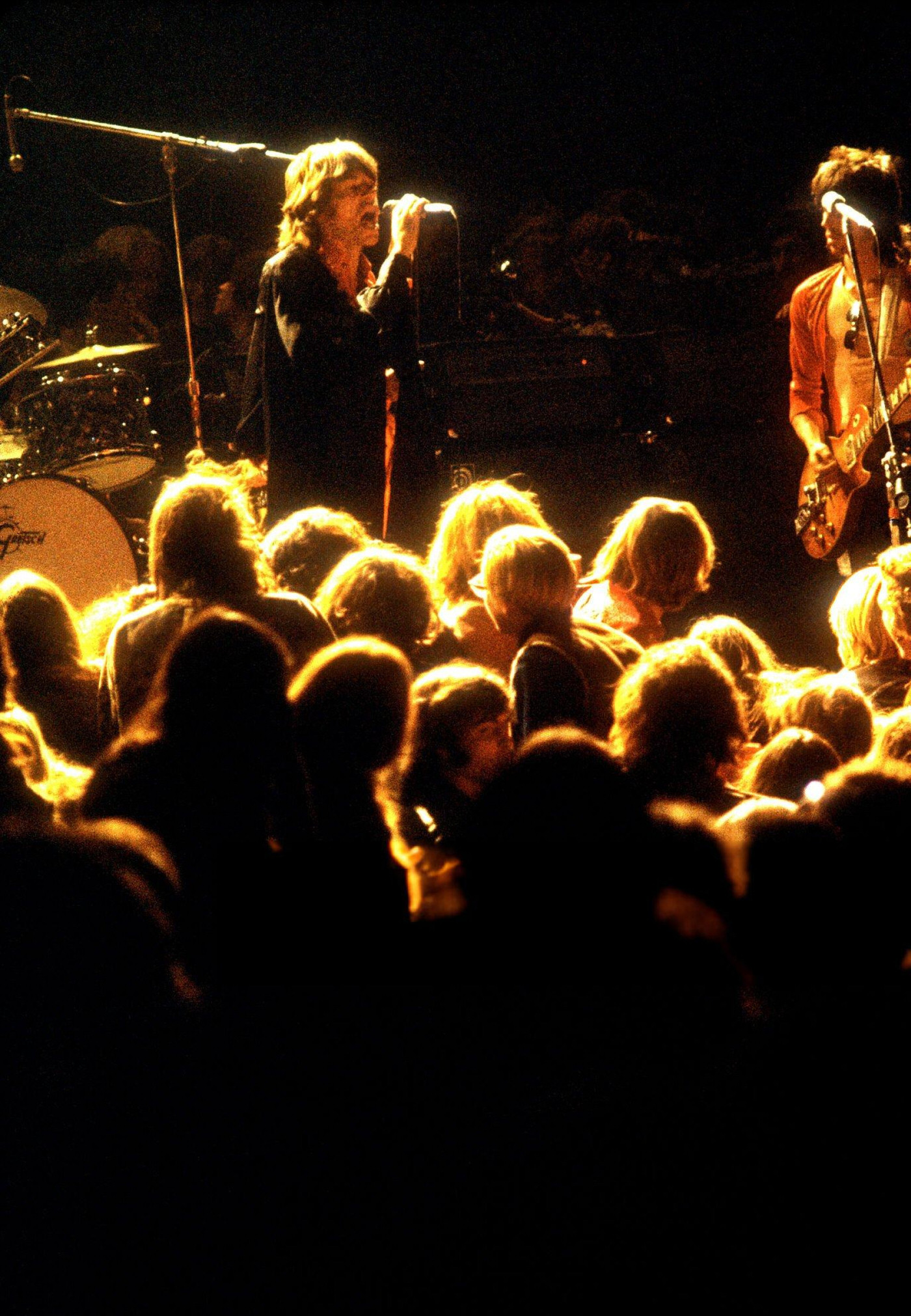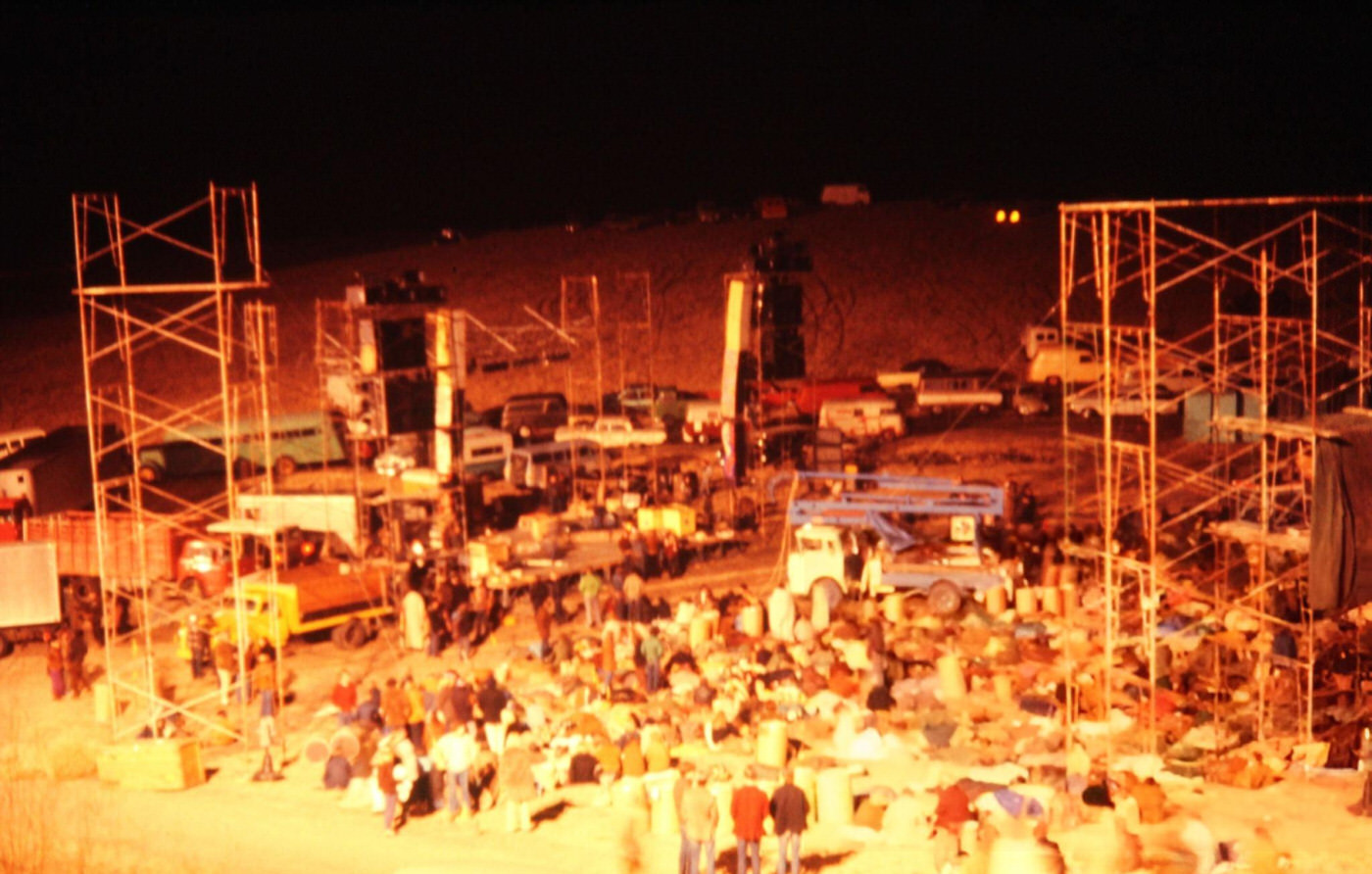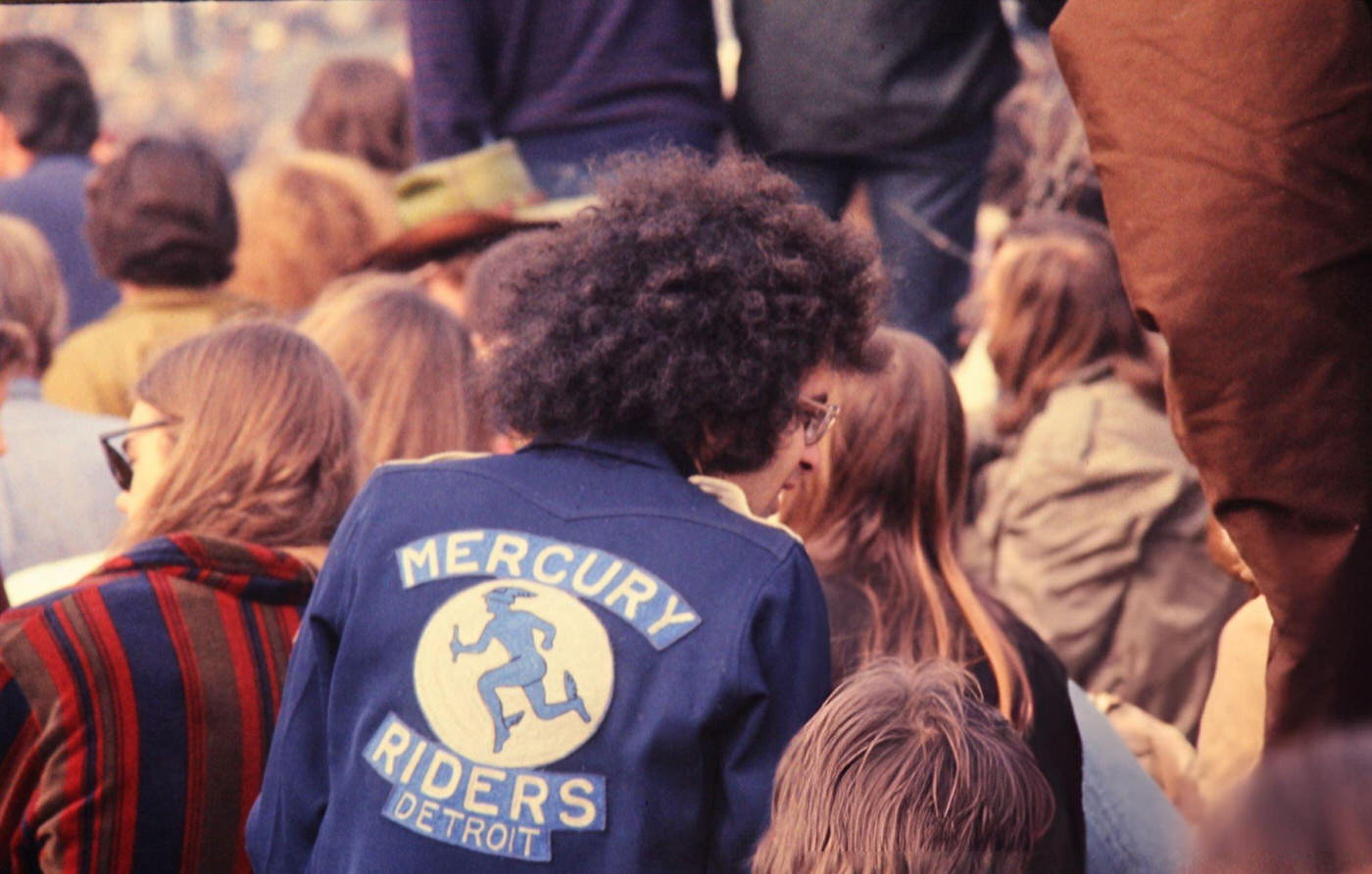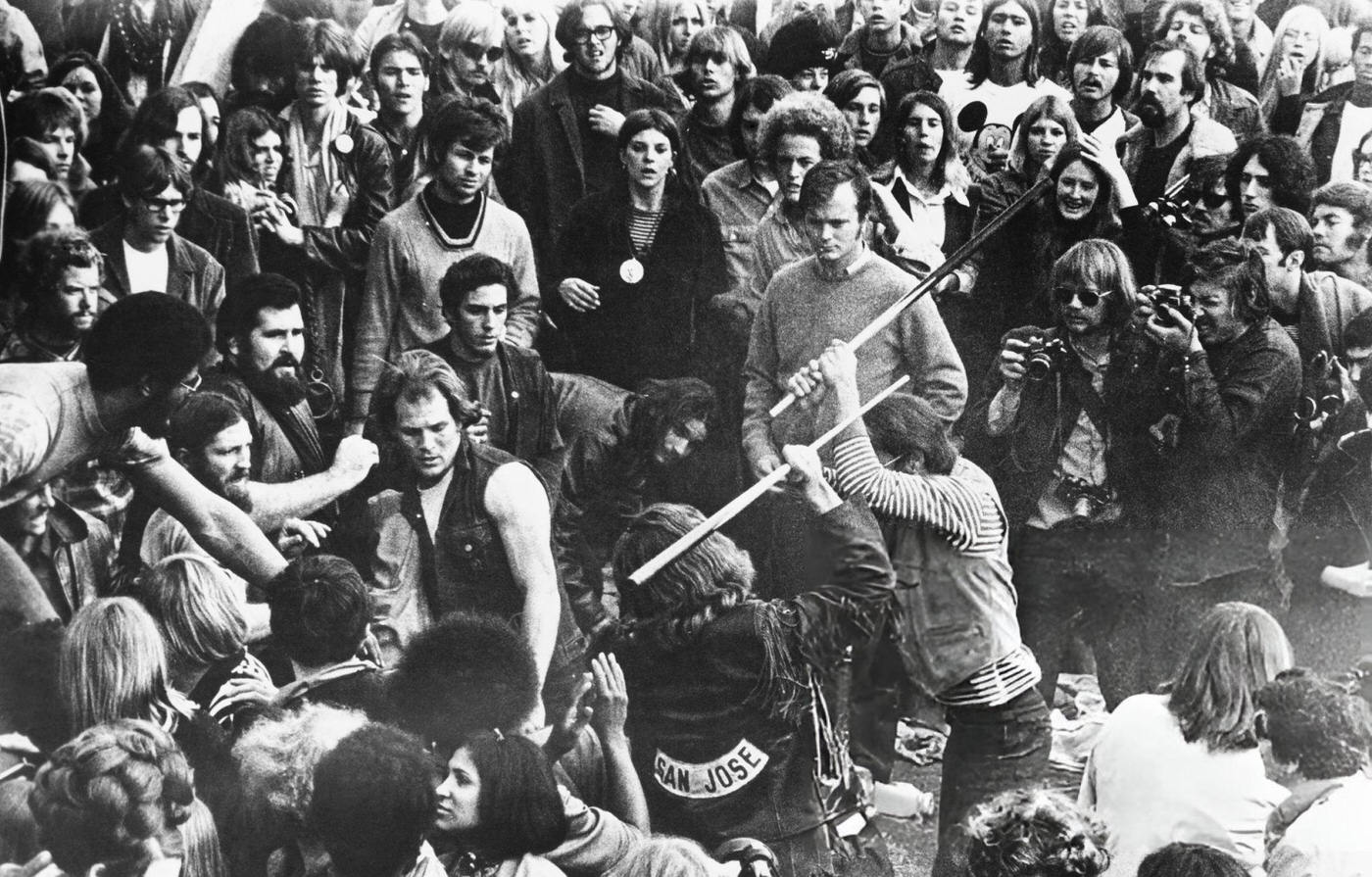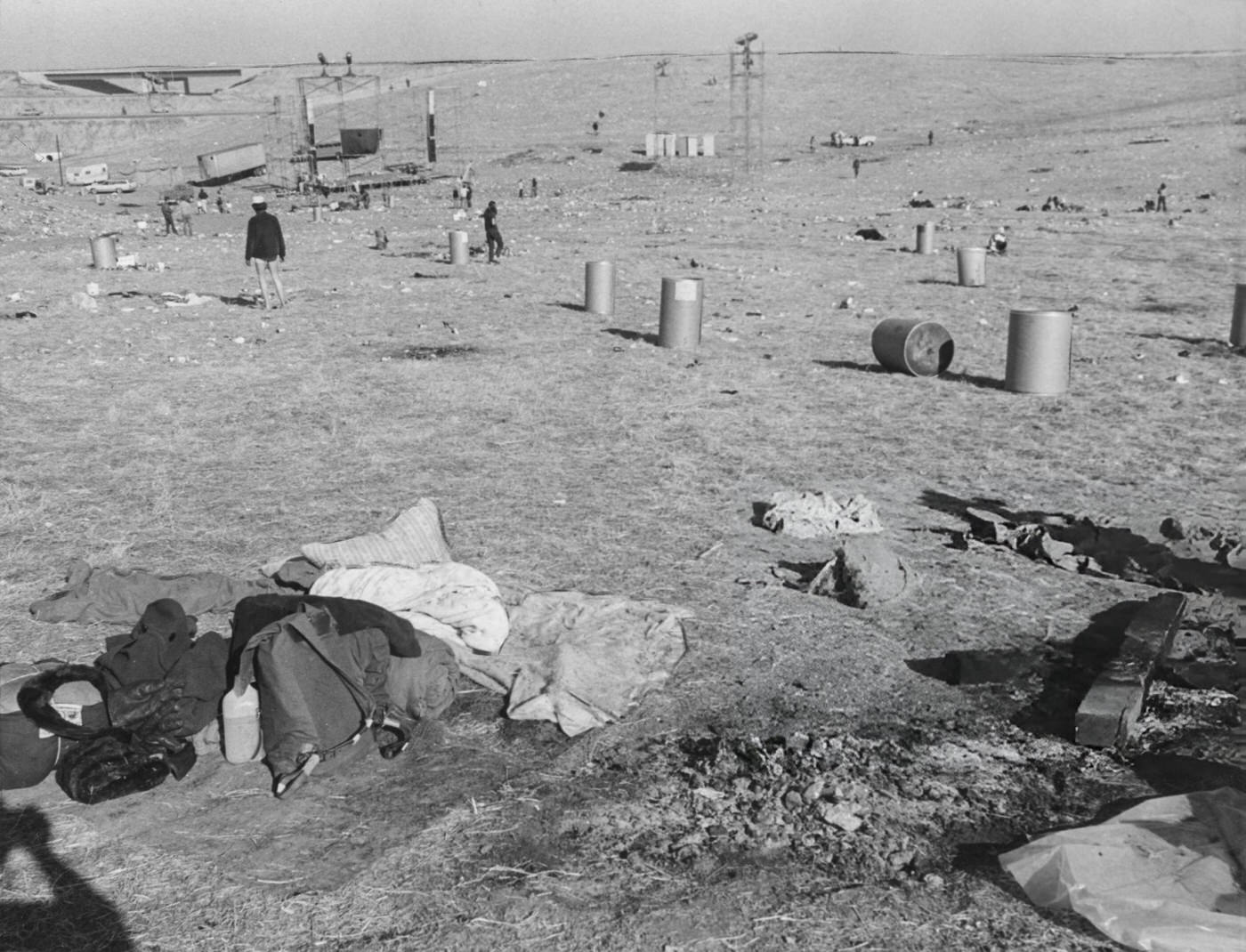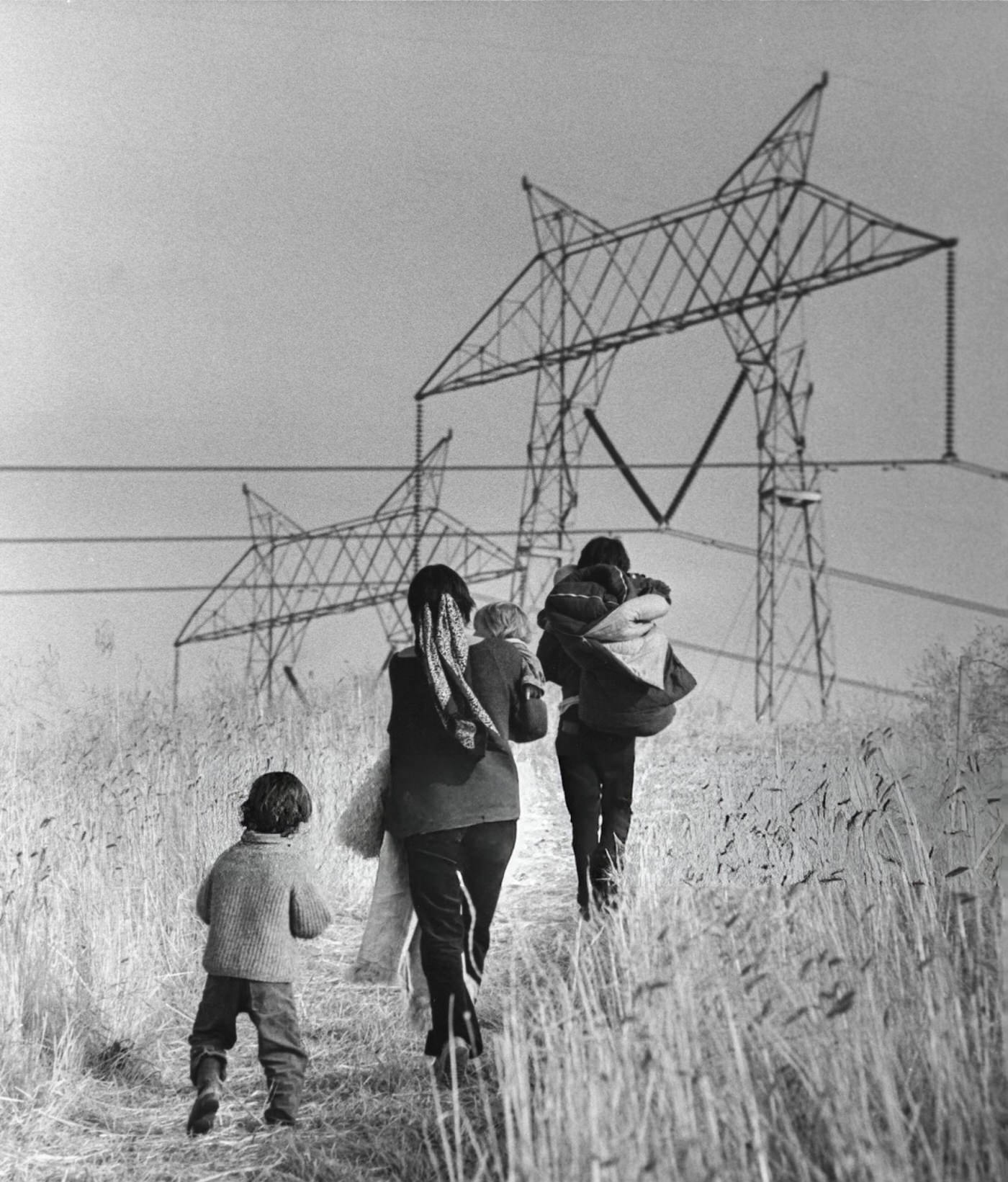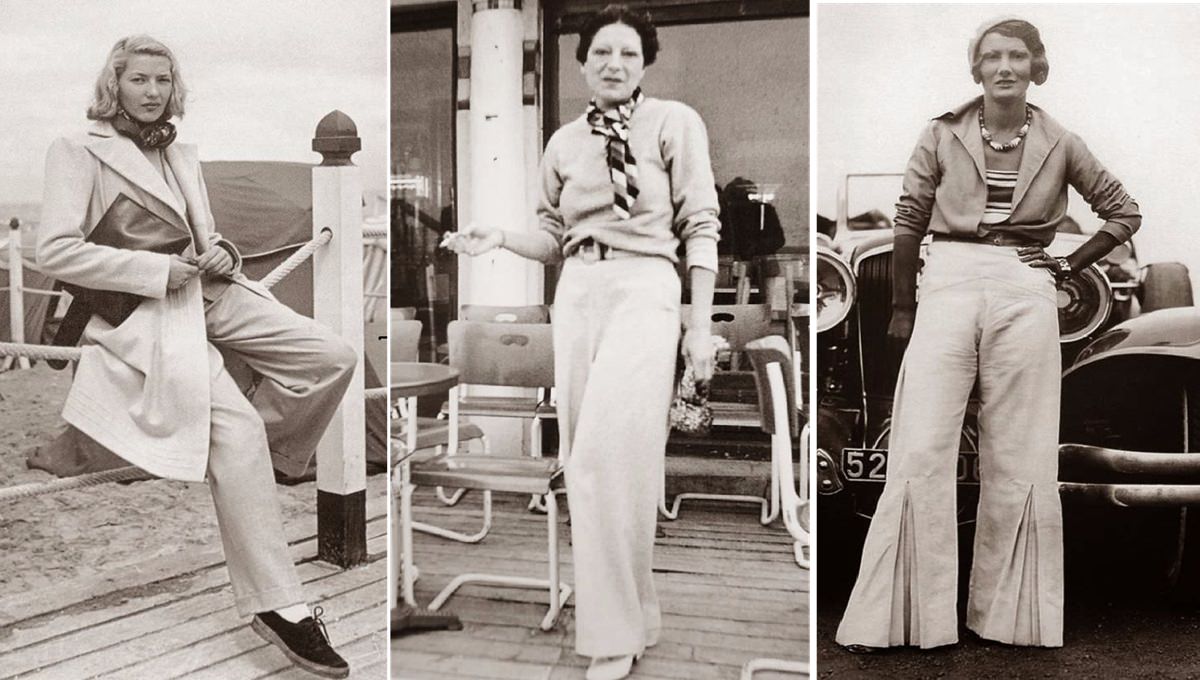On December 6, 1969, a massive crowd gathered at Altamont Speedway in northern California. The event was called the Altamont Free Concert, and it was meant to be a major moment for the counterculture movement. Around 300,000 people showed up. Many believed it would be another Woodstock, full of peace and music. But the day turned violent and chaotic.
The concert was organized quickly. The original plan was to hold it at Golden Gate Park in San Francisco. Then it was moved to Sears Point Raceway, but problems with money and permits forced another change. Just days before the concert, Altamont Speedway was chosen as the final location. The site was not prepared for such a large crowd. There were no proper fences, few toilets, and limited medical help. The stage was set up just a few feet above the ground, with almost no barrier between the performers and the crowd.
The lineup included major rock bands. Santana opened the show, followed by The Flying Burrito Brothers, Jefferson Airplane, and Crosby, Stills, Nash & Young. The Grateful Dead were scheduled to play but decided not to perform after hearing reports of growing violence in the crowd. They left the venue before going on stage.
Read more
One of the major decisions made before the event was to hire members of the Hells Angels motorcycle gang as informal security. They were paid in beer and told to keep people away from the stage. This created tension. The Hells Angels were not trained for crowd control and were known for their aggressive behavior. As the day went on, fights broke out between concertgoers and the Hells Angels. People were injured, and the mood shifted from celebration to fear.
During Jefferson Airplane’s performance, singer Marty Balin was punched in the face by a Hells Angel while trying to stop a fight. This happened in full view of the audience. Members of Crosby, Stills, Nash & Young later commented on the tension they felt during their own set. By the time the Rolling Stones prepared to take the stage, it was nearly dark. The crowd had been standing for hours, many without food or water. Some were high on drugs. The atmosphere was unstable.
When the Rolling Stones began playing, people started pushing toward the stage. Mick Jagger was punched in the face just after arriving at the venue. The band tried to calm the crowd. Jagger told the audience to “cool out” multiple times, but the violence kept rising. One of the most serious moments came during the song “Under My Thumb.”
A young man named Meredith Hunter approached the stage. He was 18 years old and had traveled from Berkeley. He was wearing a bright green suit and stood out in the crowd. As he moved forward, Hells Angels grabbed him and pushed him back. Hunter pulled out a gun. Within seconds, Hells Angel Alan Passaro stabbed him and brought him to the ground. The stabbing happened in front of hundreds of people and was caught on film by documentary crews.
Meredith Hunter died from his wounds. The footage was later used in the documentary Gimme Shelter, directed by Albert and David Maysles. The film shows the Rolling Stones stopping their performance as the crowd panicked. Police arrived at the scene, but the concert continued for a short time before the band finally left the stage. Many people in the crowd didn’t know someone had been killed until long after the concert ended.
In addition to Hunter’s death, three more people died during the event. Two were killed in a hit-and-run accident, and one drowned in an irrigation canal on the grounds. Medical tents were overwhelmed. Dozens of attendees suffered drug overdoses. Many people were injured in fights or crushed in the crowd. Some cars were stolen and later found abandoned or burned. Others were damaged beyond use.
Four babies were reportedly born during the event. This detail stood in stark contrast to the violence around them. Ambulances moved slowly through the crowd, trying to reach people in need. With nearly no official security or emergency planning, most aid came from volunteers.
News of the concert spread fast. The press focused on the violence, the poor planning, and the deadly outcome. The contrast to Woodstock, which had taken place just months earlier, was sharp. Where Woodstock had been described as peaceful and loving, Altamont was labeled chaotic and dangerous.
The film Gimme Shelter offered a close look at the event. It included real footage of the crowd, the performers, and the stabbing. It showed band members reacting to the death of Meredith Hunter and trying to understand what had gone wrong. The film was released in 1970 and became a powerful document of the day.
The Altamont Free Concert ended with confusion, damage, and death. The Rolling Stones completed their set, but the event was marked by fear and loss rather than music and unity. Concertgoers left in silence, stepping over debris and discarded belongings. The road out of Altamont was jammed for hours as thousands tried to escape the scene. The field was left trashed, the ground covered with garbage, clothes, and broken glass.
The events of December 6, 1969, at Altamont Speedway showed how quickly things can go wrong when planning is rushed, crowds are massive, and control is lacking. What was supposed to be a free concert ended in chaos and tragedy.


